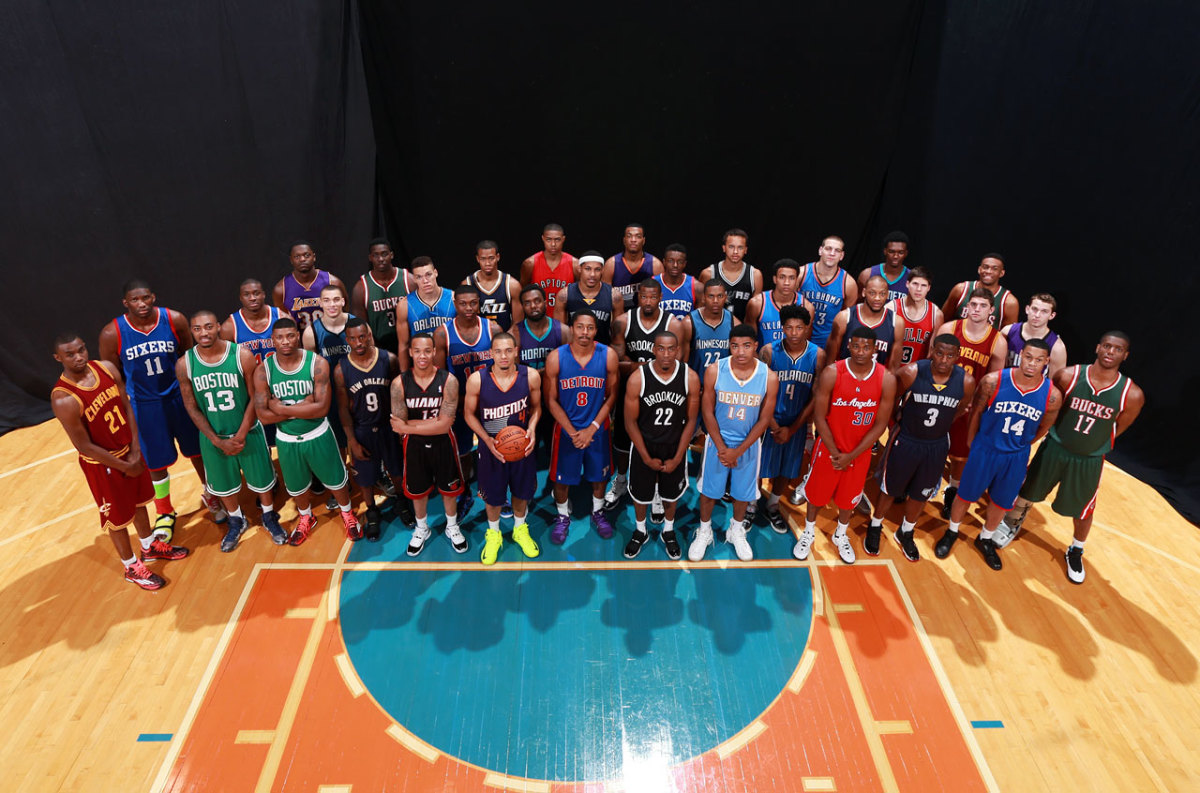Meant to be: 'Slo-Mo' and the Spurs
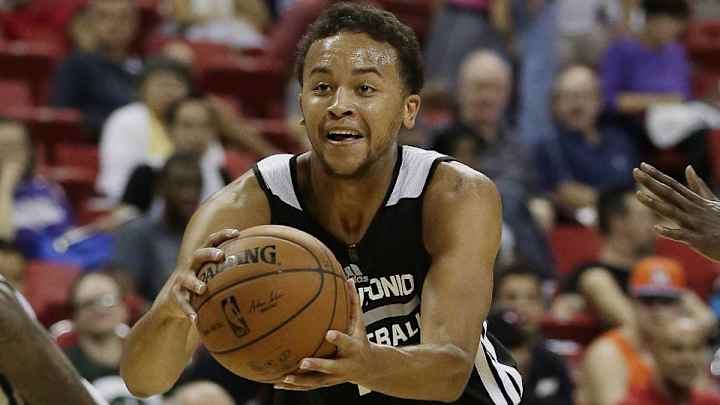
Kyle Anderson watched the Spurs throughout their 2014 championship run and knew they were the team he wanted to play for. He watched them outlast the Mavericks in seven games in the first round, roll over the Blazers in five in the second, put away the Thunder in six in the West finals and breeze past the Heat in five to win the the title. The Spurs’ sheer dominance was alluring, but what really grabbed Anderson’s attention was the team’s style of play. The crisp passing, the precise off-ball movement, the superb floor spacing -- the harmony of it all. Anderson wanted to be a part of it.
He said as much a couple of months before the draft, while sitting before a group of kids on a basketball court in New Jersey. “I would love to go … this team has too late of a draft pick, I want to go much higher. But I would love to play for the Spurs.” Anderson said. He added, “You guys gotta watch them, ‘cause the way they play the game is, it’s beautiful to watch.” It is easy to see why Anderson, with his diverse range of skills, wanted to play for San Antonio and why jealous NBA fans let out an exasperated groan when the Spurs drafted him. Yet if Anderson is so talented, it is worth considering why he fell to the last pick in the first round.
How the Raptors found — and fell in love with — Bruno Caboclo
For one, Anderson is not an elite athlete. He had the third-highest body fat percentage of players measured at the draft combine and did not partake in any of the physical tests because he sprained his ankle a week prior. Still, one does not need a set of cones and a stopwatch to come to the conclusion that Anderson is not extraordinarily quick or agile. At UCLA, where Anderson played for two seasons after being rated a top-five recruit out of legendary St. Anthony (N.J.) High School, his poor lateral quickness hurt him defensively. Though Anderson has good anticipation skills, proved a capable defensive rebounder and was adept at creating steals, ball handlers were able to glide past him without meeting much resistance.
Offensively, there is concern, as skilled as Anderson is, that his style may not translate to the NBA. His nickname, Slo-Mo, should not be shrugged off as completely inconsequential. Anderson sometimes appears to move at a leisurely pace and lacks explosiveness or a quick first step. His size allows him to see over the top of defenses, and a high release point on his jump shot makes it tough to block. But creating space on the floor can be a struggle. Anderson relies on hesitations, body feints and deft dribbles to rock defenders off balance. What will happen when Anderson is forced to go up against a savvy defender who possesses superior athleticism? Will Anderson’s skills get him by, or will the disparity in speed and quickness wear on him, to the point his passing and scoring ability is marginalized?
In Anderson’s freshman season with the Bruins, then-coach Ben Howland moved Anderson off the ball even though he had played point guard most of his life, including in high school. "He defies what somebody his size should do," Bobby Hurley, Anderson’s coach at St. Anthony, told NJ.com in January. It wasn’t until new coach Steve Alford moved Anderson to his natural position the next year that his creative intuition truly shined through. Anderson’s assist rate – the percentage of a team’s field goals a player assists on while he’s on the floor – jumped from 20.8 to 34.3 percent, one of the top-25 marks in the country, according to Kenpom.com. His scoring numbers also increased and UCLA’s offense jumped from sixth to first in efficiency among Pac 12 teams.

The statistical leap, however, does little to suggest how he’ll fare at the next level. What position will Anderson play with the Spurs? Anderson didn’t provide specifics in an interview with SI.com. He did, however, seem to intimate that he doesn’t anticipate playing as much (if any) point guard. “I think I’m most comfortable with the ball in my hands, but I understand I may not always have the ball in my hands at this level that I’m approaching,” Anderson said. “I’m really just getting used to playing without the ball in my hands.” Anderson also welcomes popular comparisons to power forward Boris Diaw, highlighting their shared combination of height and passing ability. Yet as Anderson’s two seasons at UCLA attest, the frontcourt may not be the optimal place to use him.
Unlike the sluggish pace his freshman UCLA team frequently played at, Anderson will be operating in one of the most efficient offenses in the league, conducted by a coach, Gregg Popovich, who has long excelled at extracting maximum value from players with unique skill sets. Look no further than Diaw, who went from being waived by the lowly Bobcats in 2012 to emerging as a key playoff contributor with the Spurs in 2014, scoring 26 points in Game 6 to close out the Thunder in the West finals.
While many other draftees clearly fit a specific role, Anderson will enter his rookie season as a wild card of sorts. Where will he play? Can he succeed without the ball in his hands? What position will he guard?
All of those questions – and the other doubts surrounding his transition to the pro game – feel less important than the reality that the Spurs drafted a really good basketball player. Throw Anderson on a good team, in other words, and he’ll figure it out. “He knows how to play the game,” Alford said. “That sounds simple, but very few players get that. And Kyle knows how to play.” That ineffable know-how – that sense you get watching Anderson that he understands the game on a different level than those around him – largely explains why so many rolled their eyes when the Spurs nabbed Anderson at No. 30. Wrote one Reddit poster, “THEY CAN'T KEEP GETTING AWAY WITH IT.” The reaction could be effectively boiled down to two words. “Of course.” As in: Of course Kyle Anderson fell to the Spurs.
Indeed, the Spurs selecting Anderson feels very much like a case of the rich getting richer. Though Anderson had slipped to the late 20s in many mock drafts, there was a sense he could thrive in the right system with the right coach. San Antonio, with its floor-spacing offense, was cast as an excellent landing spot. “You don’t expect guys that look like him, picking in the last pick of the first round” Spurs general manager R.C. Buford said on draft night. But the selection of Anderson in and of itself is only part of the reason the Spurs came out of the draft looking so good. Sure, the match of player and team seemed perfect, but what really resonated was the timing: This happened less than a month after the Spurs completed one of the most dominant playoff performances in recent memory.
Adding Anderson to that team, at the bottom of the first round, almost feels unfair.
2014 NBA Rookie Photo Shoot
Andrew Wiggins | Cleveland Cavaliers
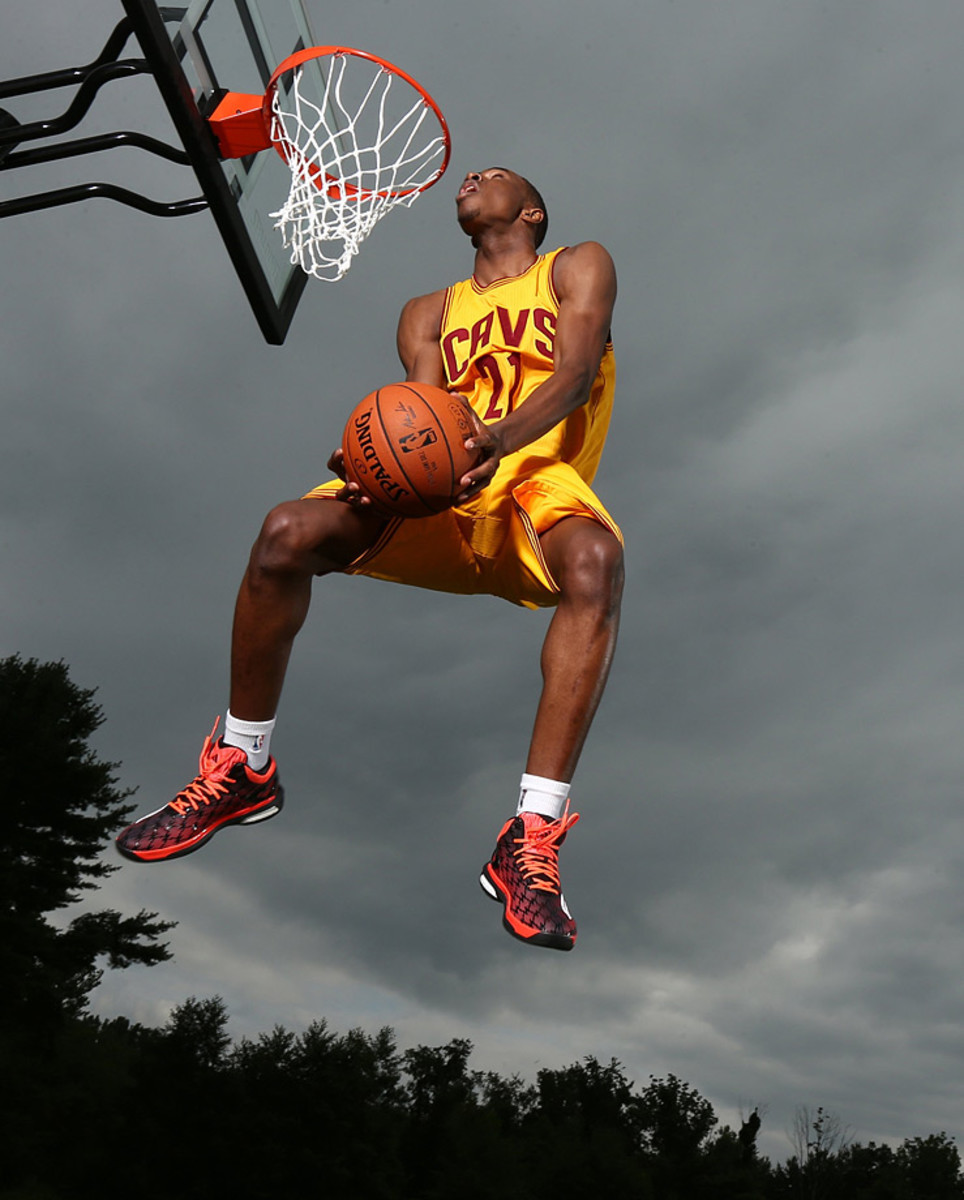
No. 1 overall pick
Jabari Parker with Damien Inglis (left) and Johnny O'Bryant | Milwaukee Bucks
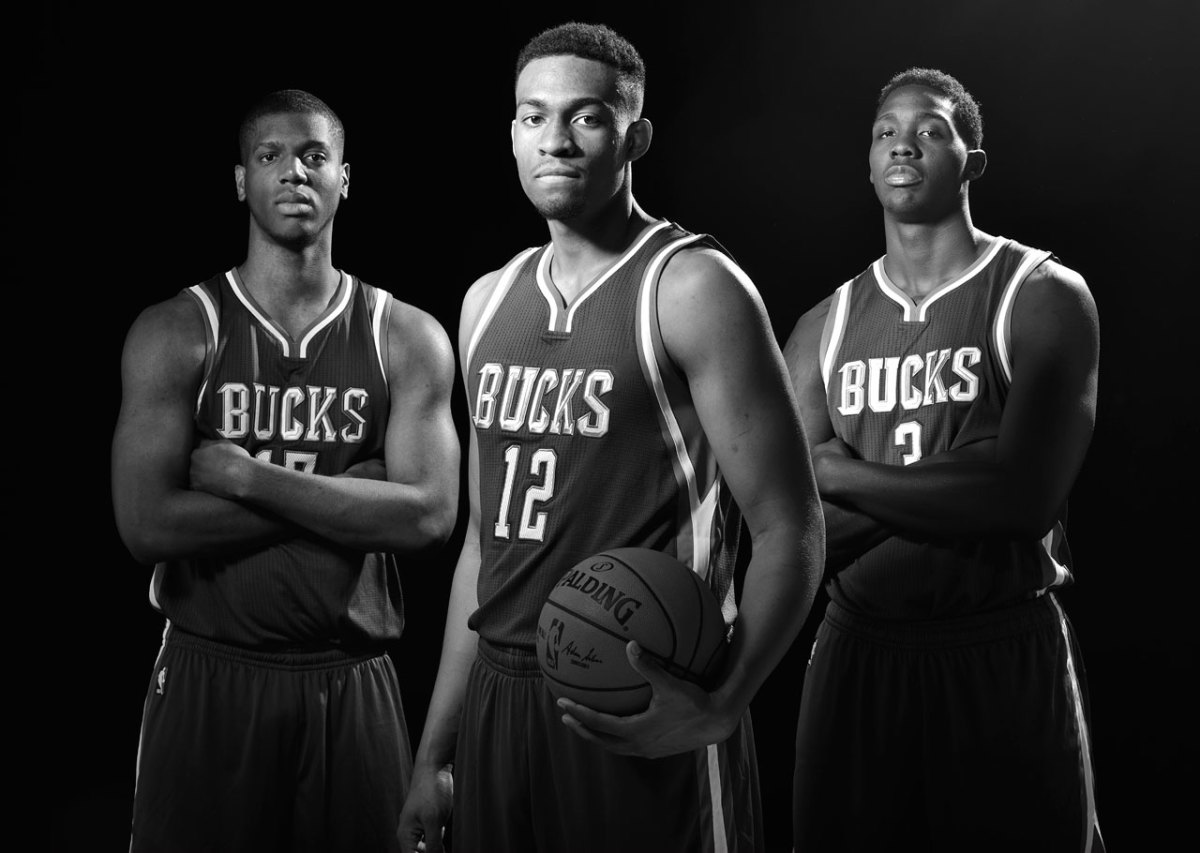
No. 2, 31 and 36 overall picks
Joel Embiid | Philadelphia 76ers
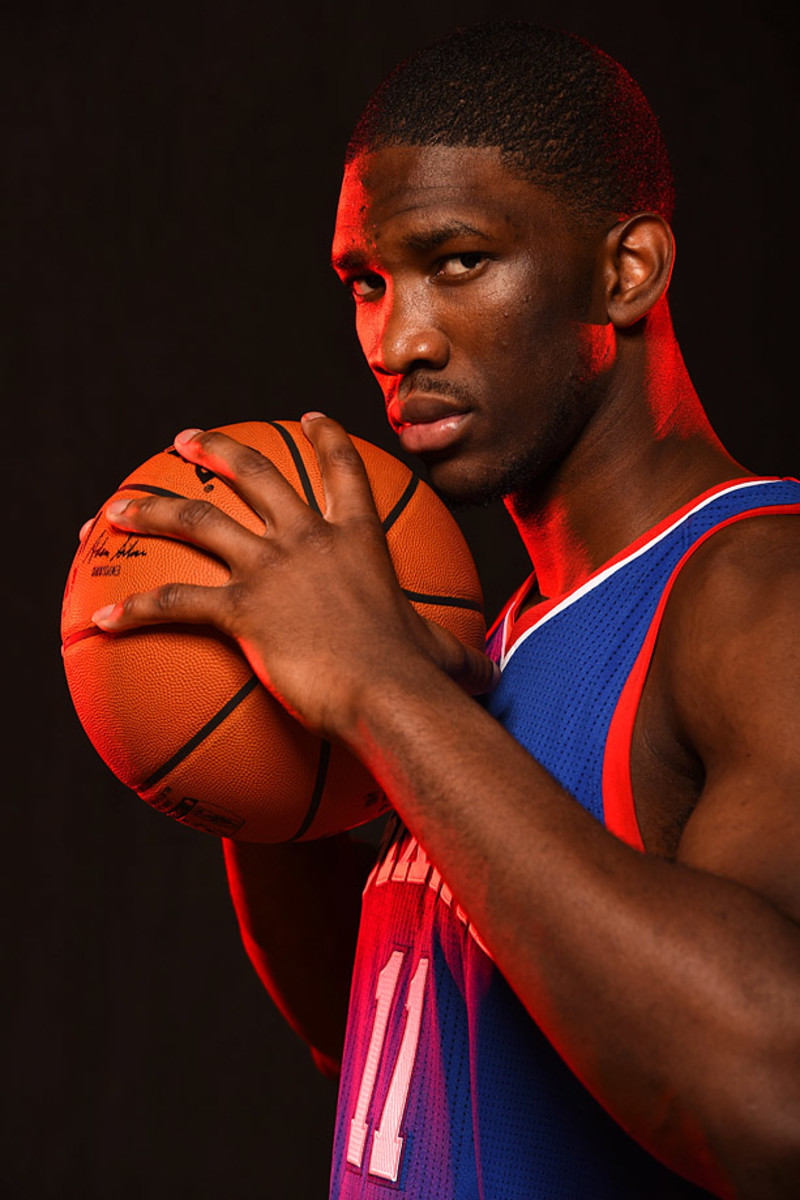
No. 3 overall pick
Aaron Gordon | Orlando Magic
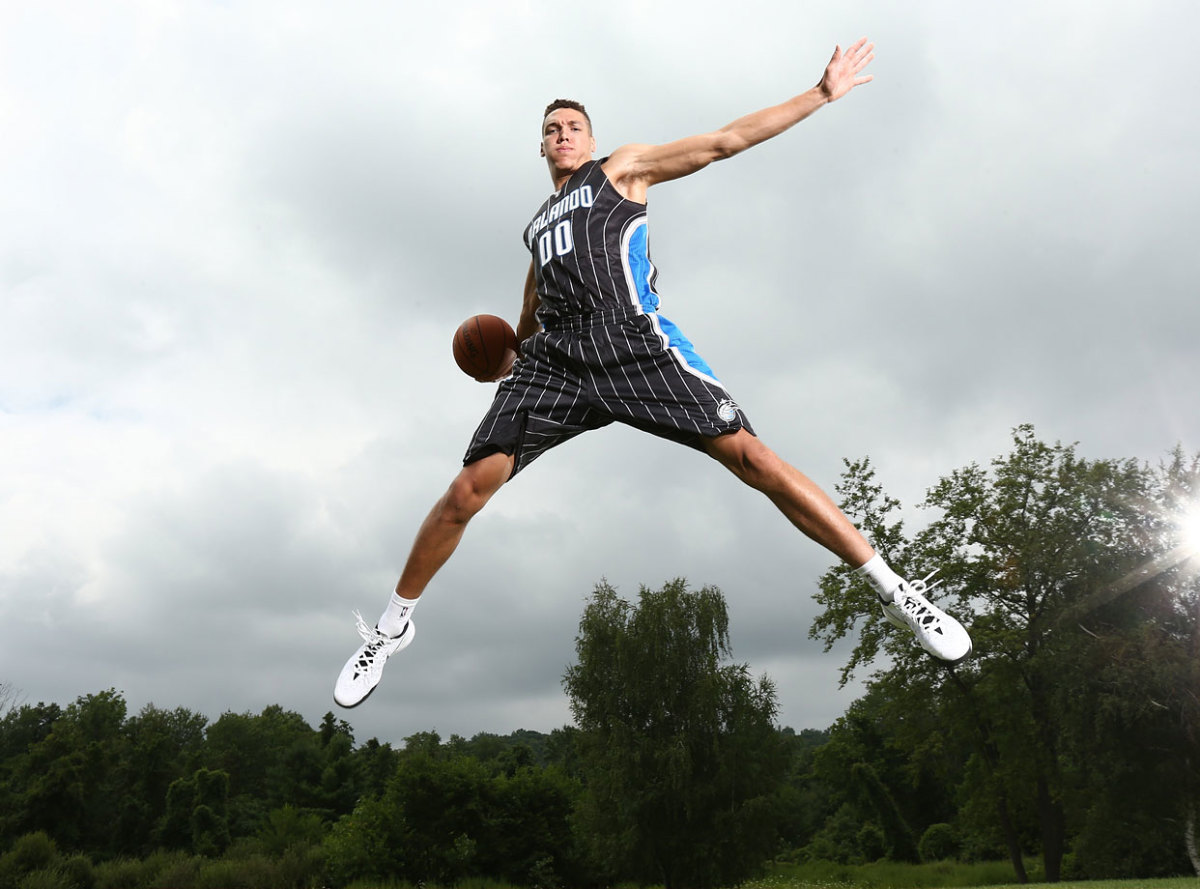
No. 4 overall pick
Marcus Smart | Boston Celtics
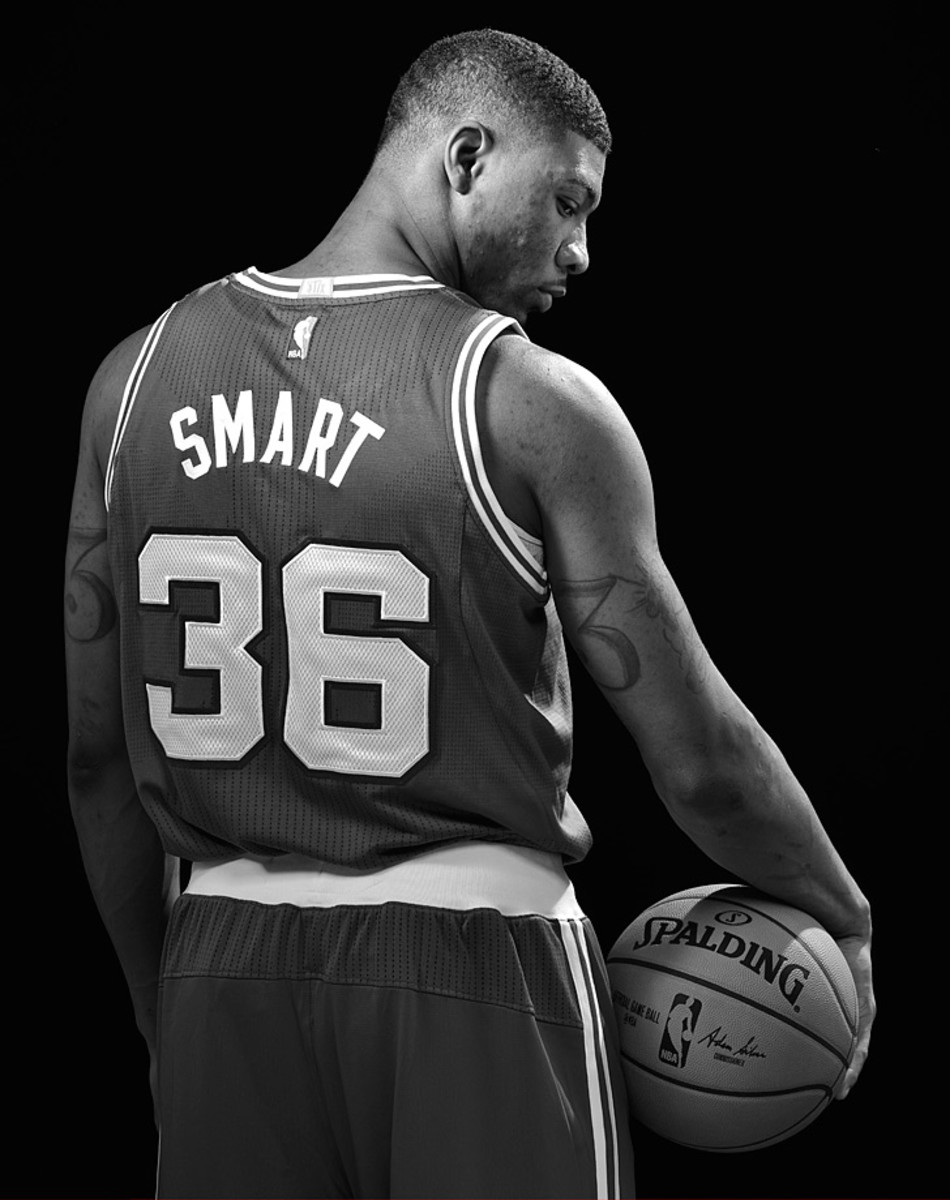
No. 6 overall pick
Julius Randle | Los Angeles Lakers
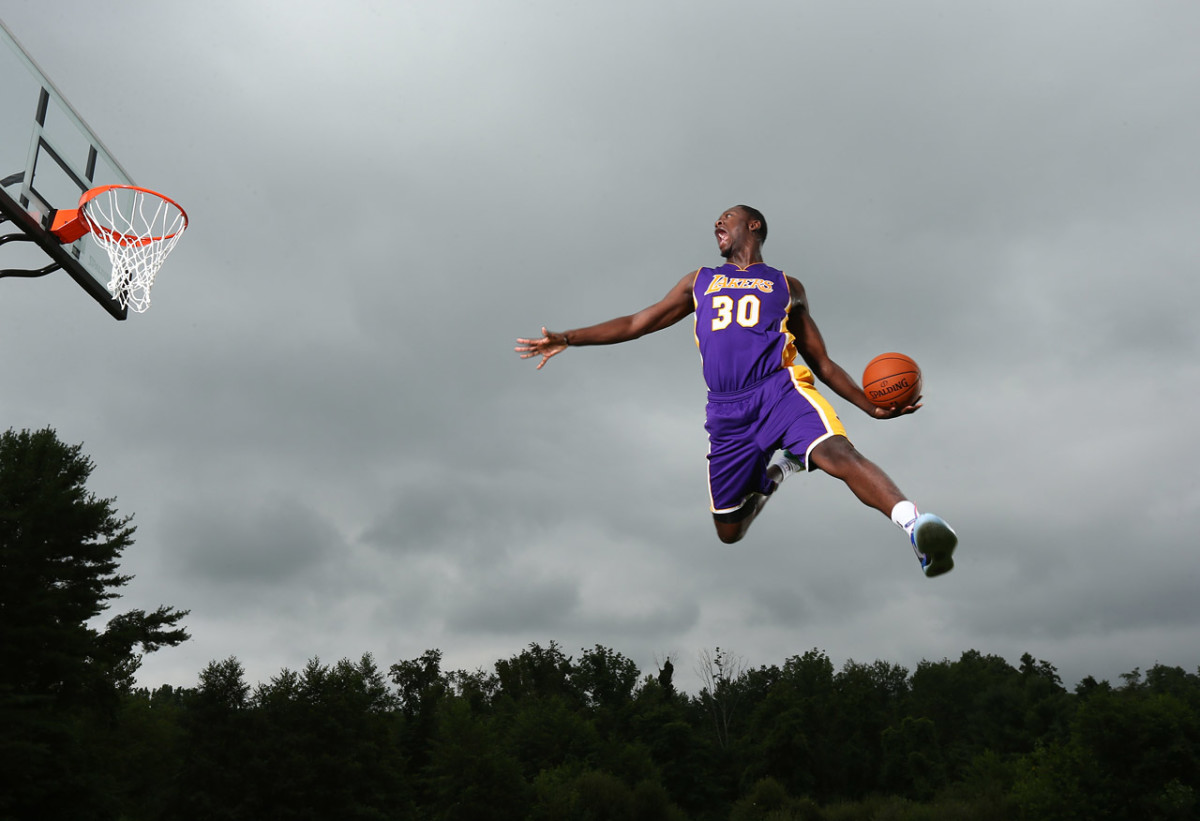
No. 7 overall pick
Nik Stauskas | Sacramento Kings
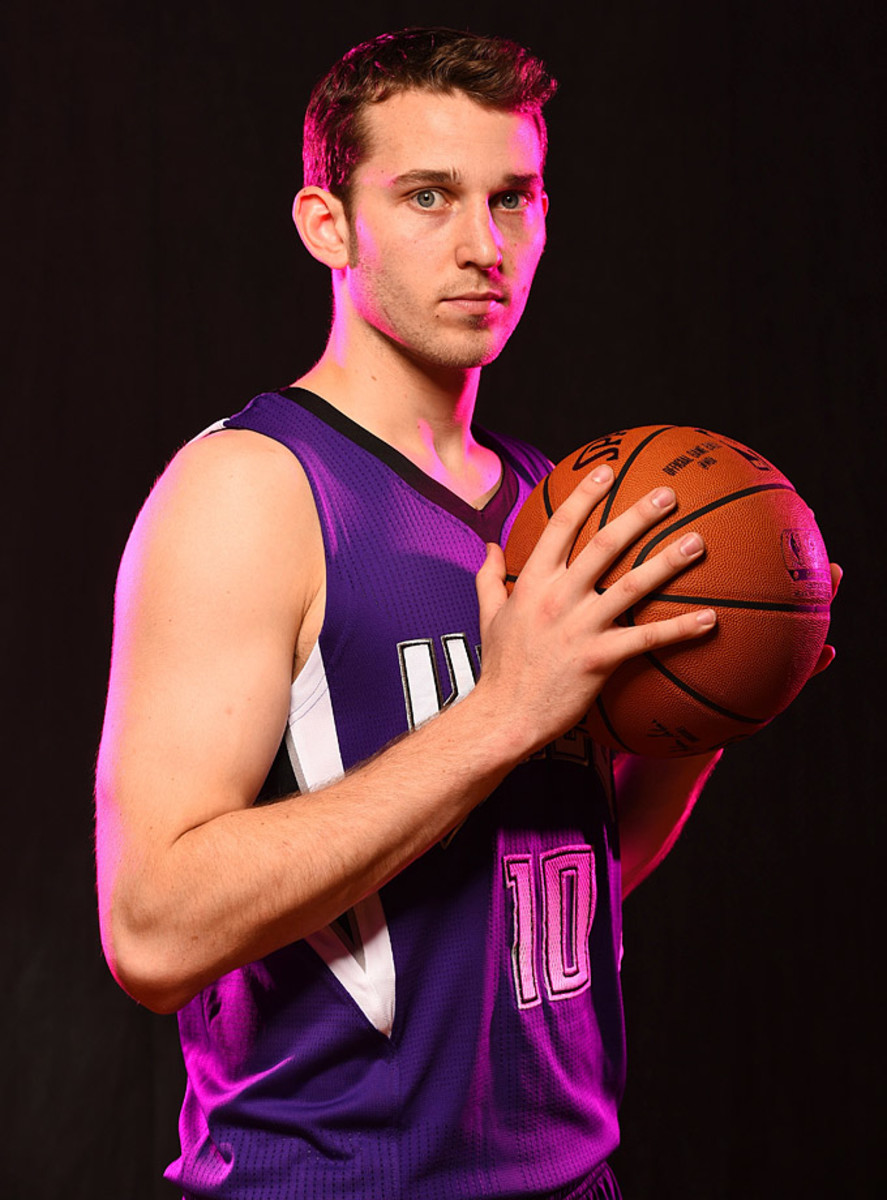
No. 8 overall pick
Noah Vonleh | Charlotte Hornets
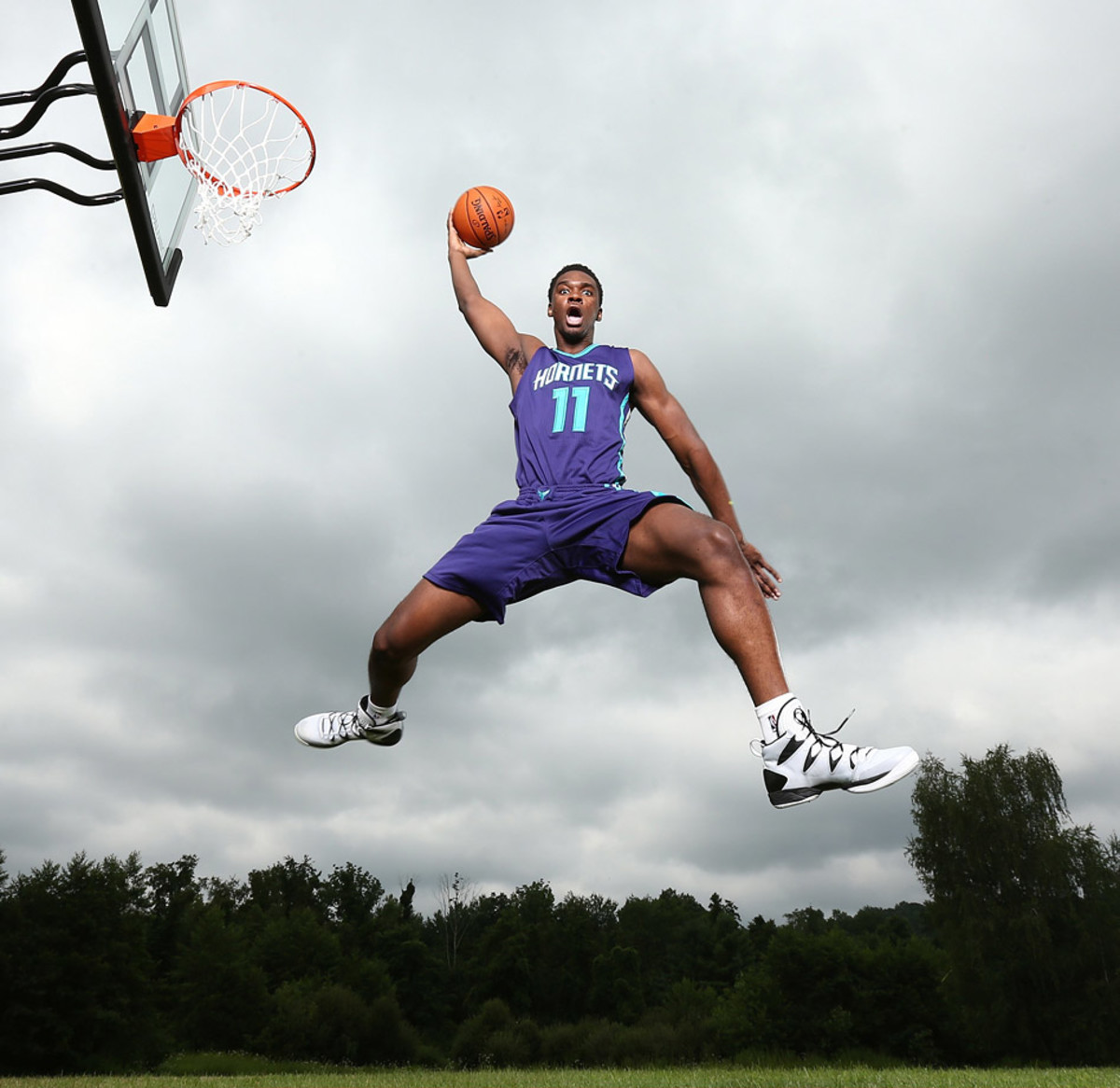
No. 9 overall pick
Elfrid Payton and Aaron Gordon | Orlando Magic
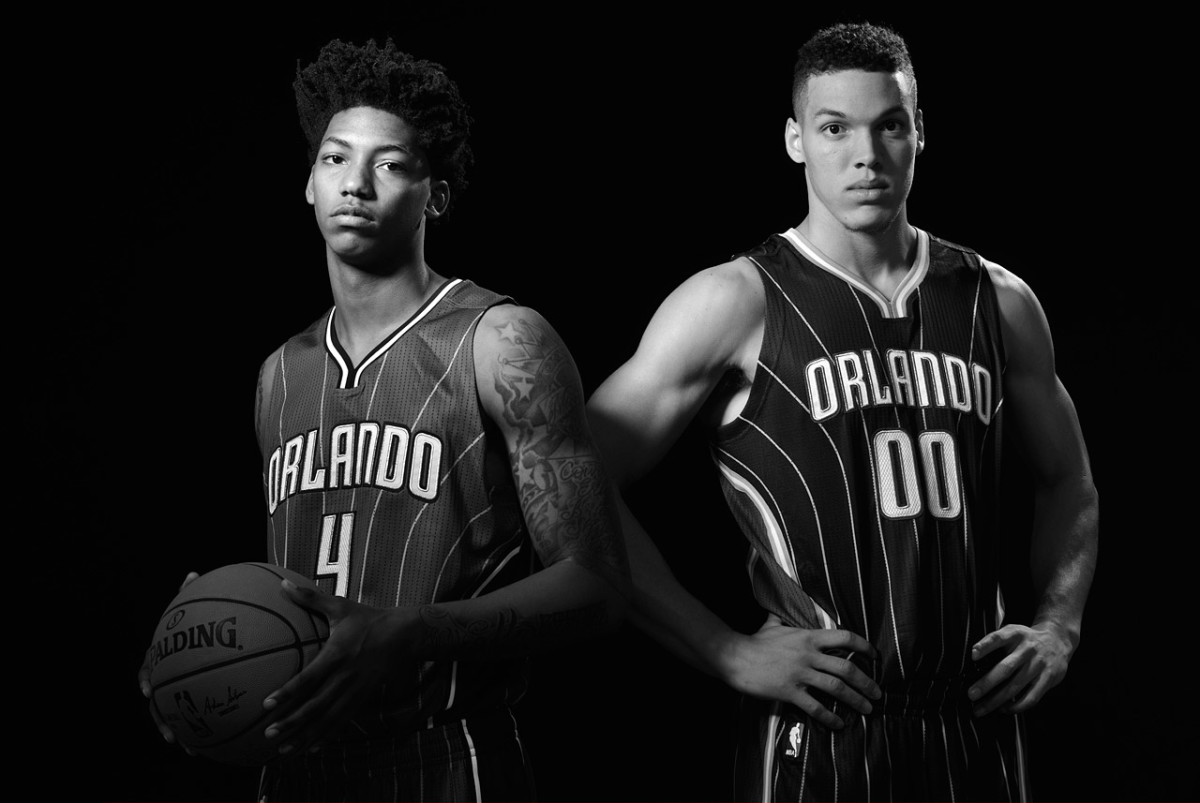
No. 10 and 4 overall picks
Doug McDermott | Chicago Bulls
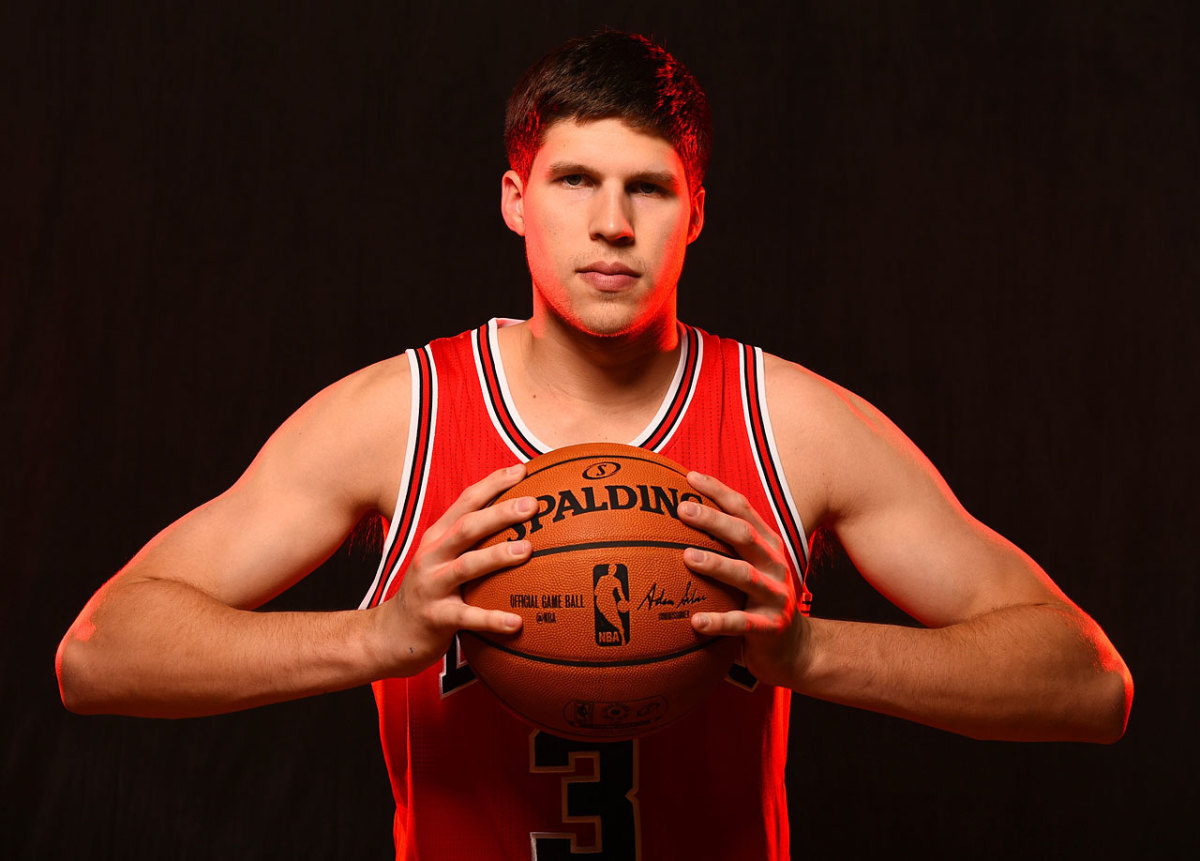
No. 11 overall pick
Zach LaVine | Minnesota Timberwolves
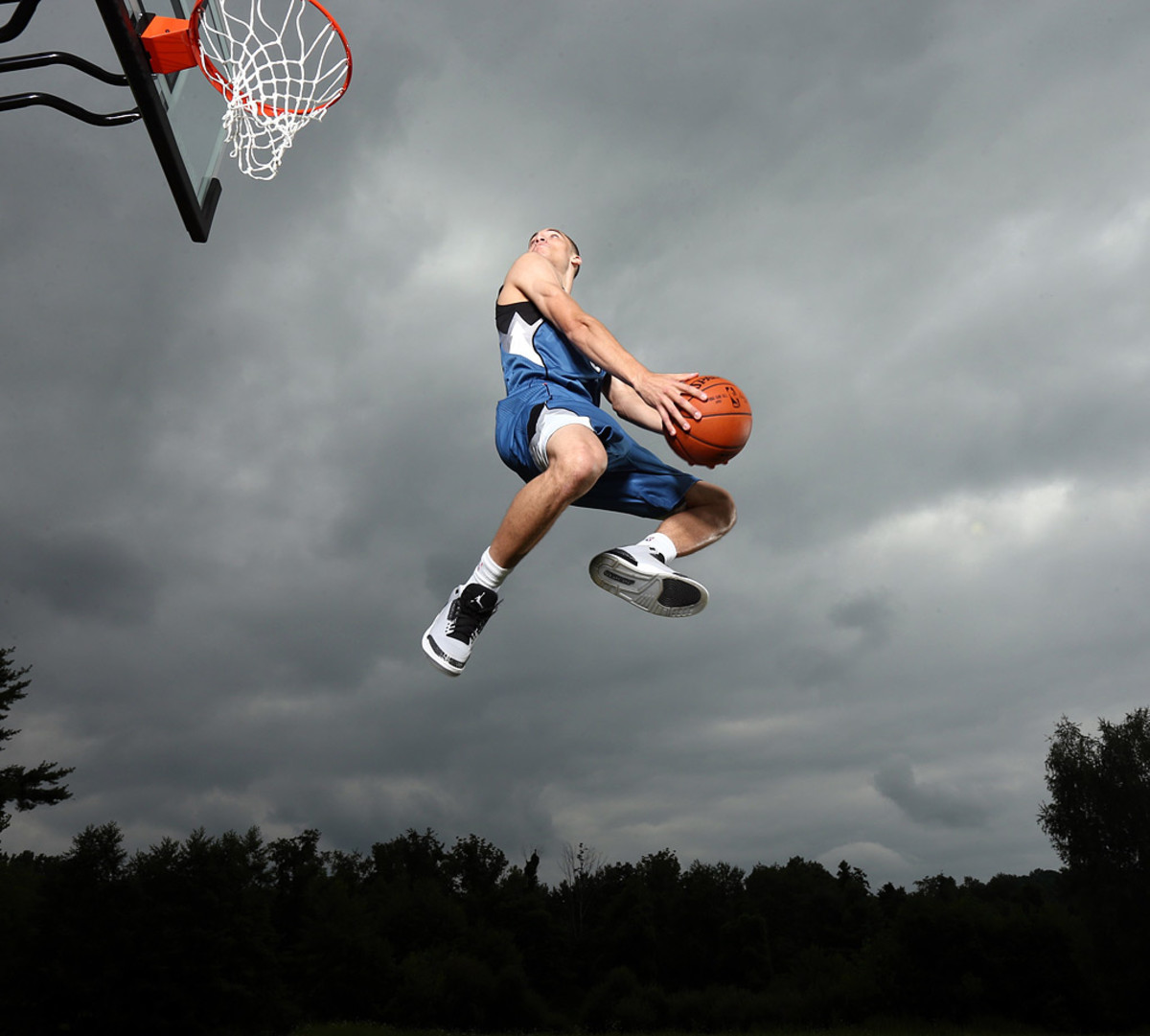
No. 13 overall pick
T.J. Warren | Phoenix Suns
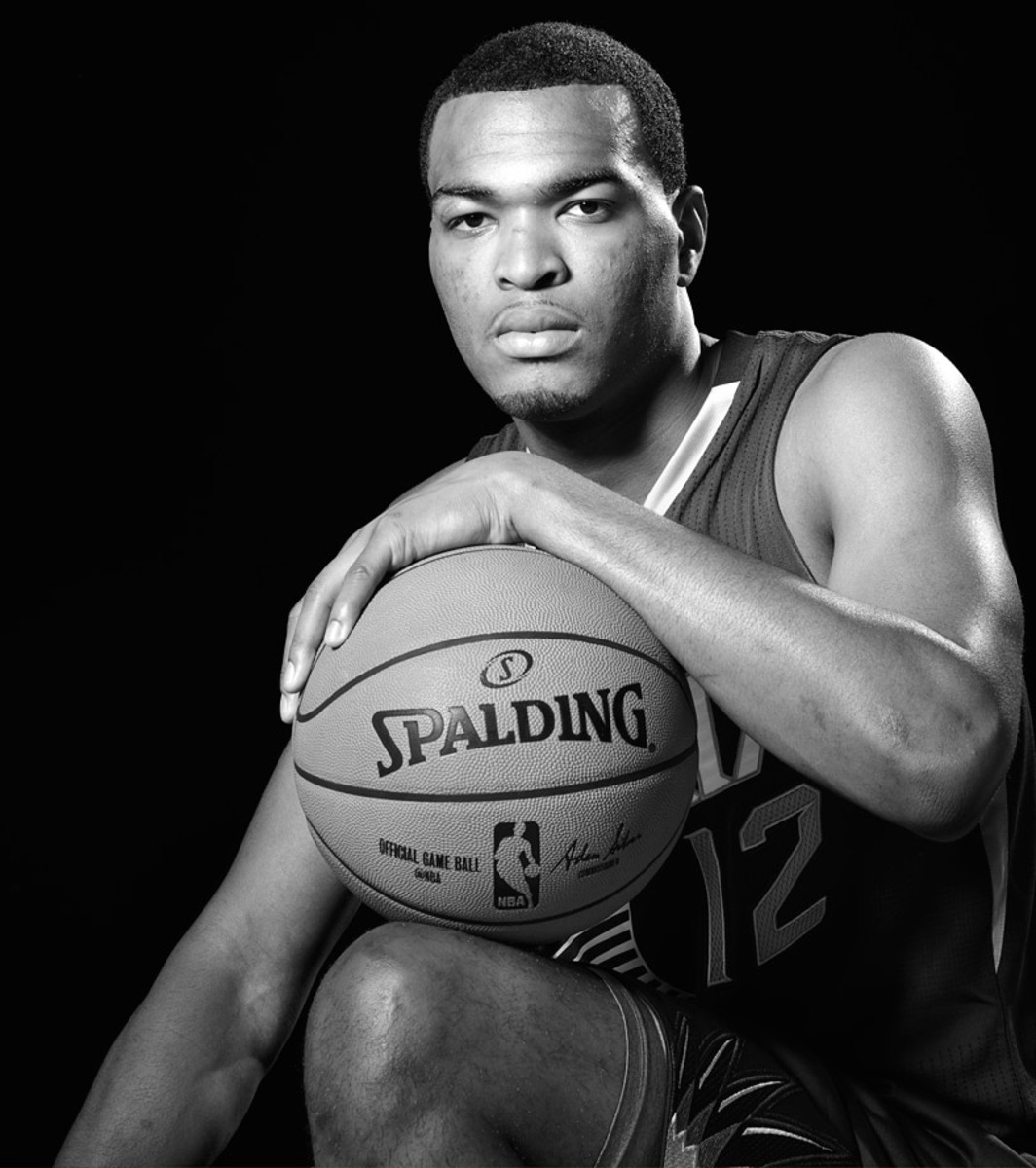
No. 14 overall pick
Adreian Payne | Atlanta Hawks
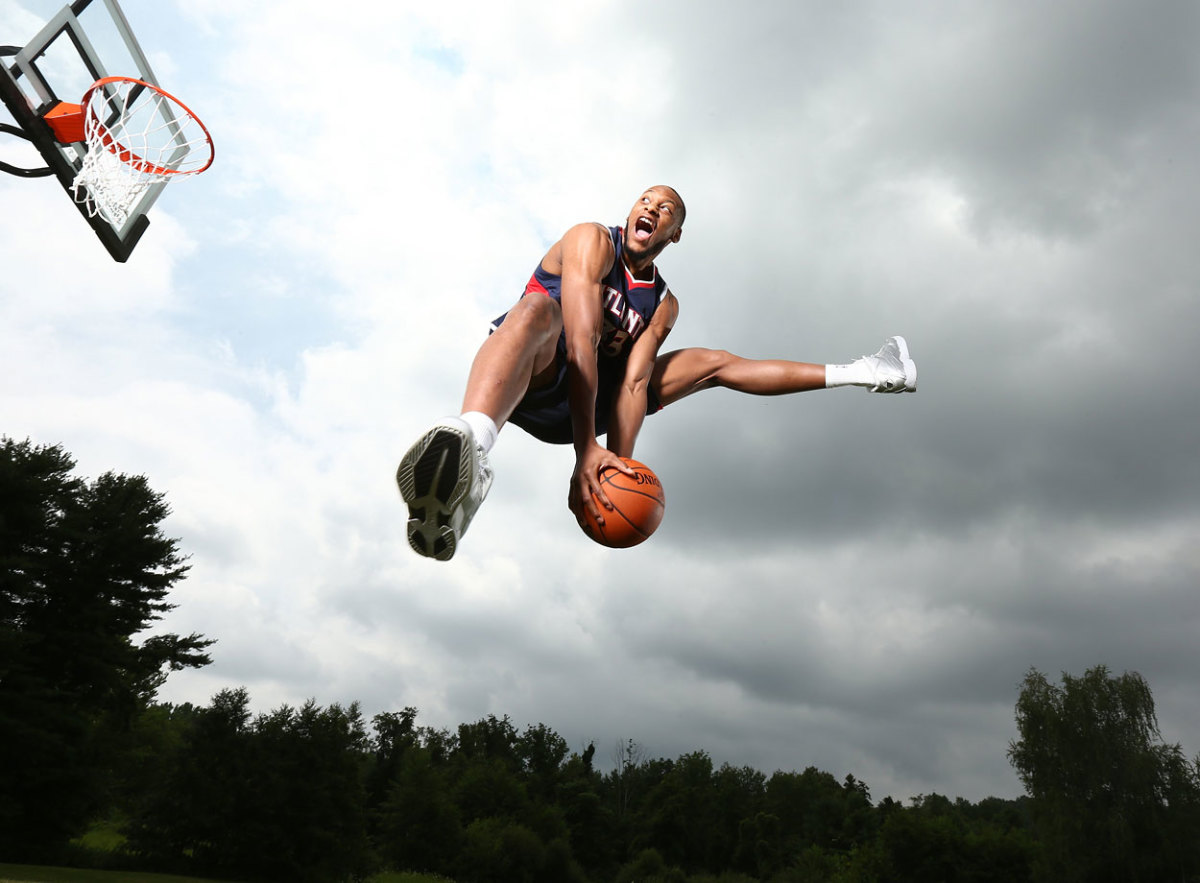
No. 15 overall pick
James Young | Boston Celtics
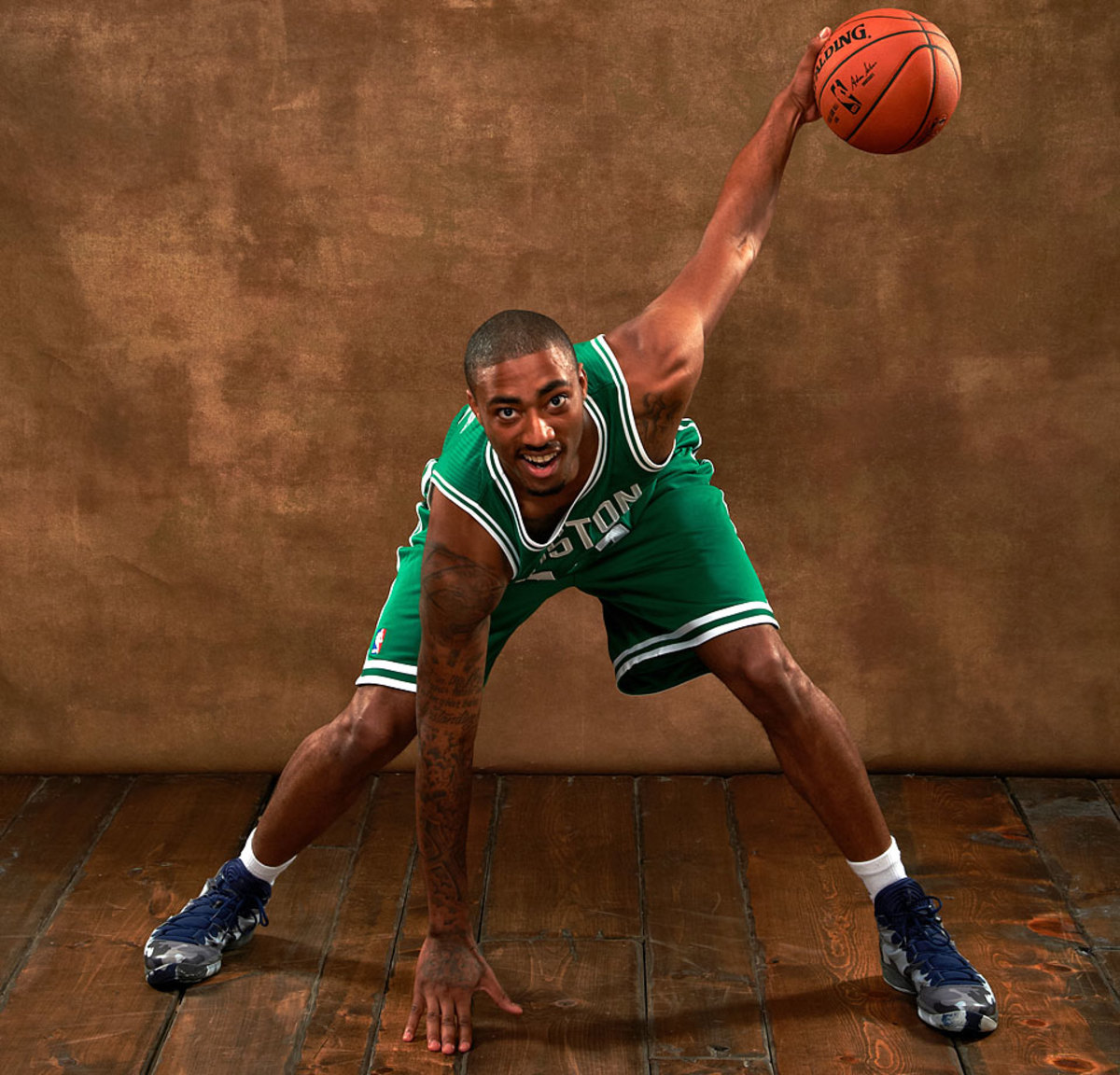
No. 17 overall pick
Tyler Ennis | Phoenix Suns
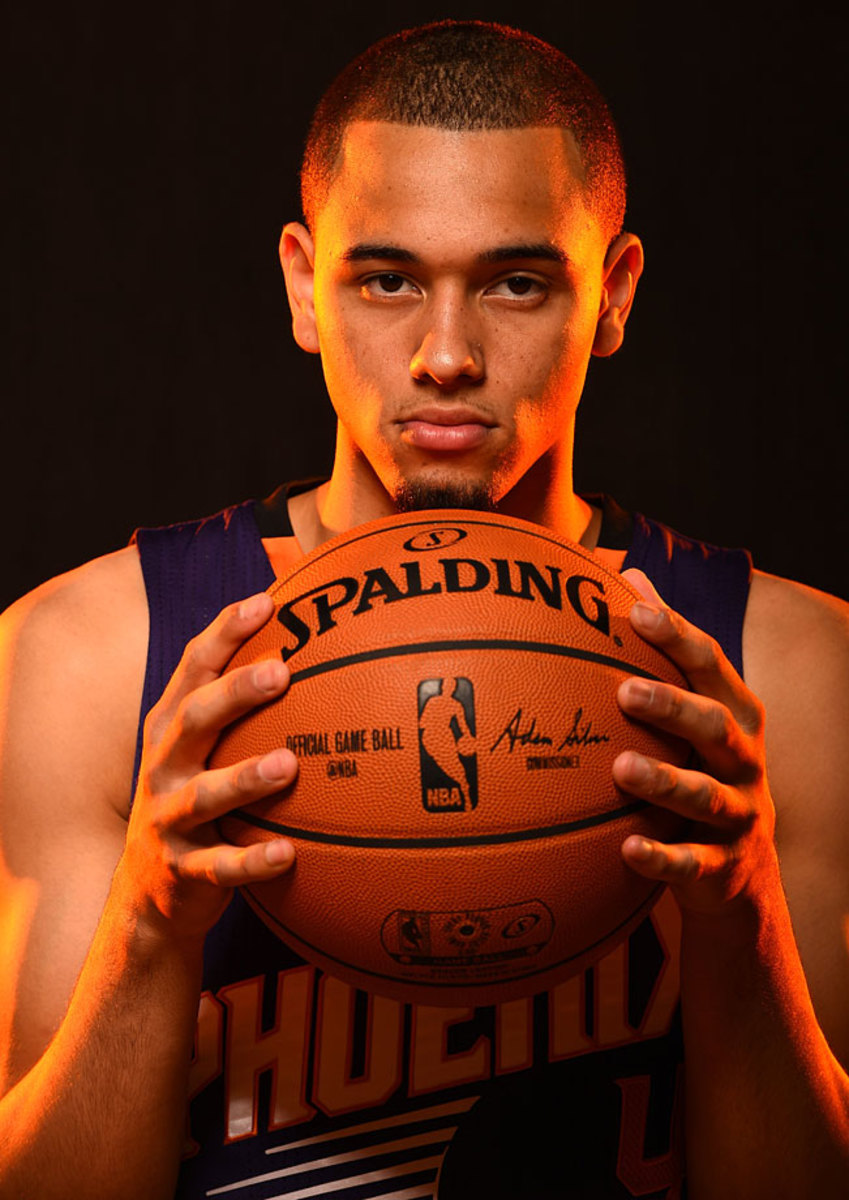
No. 18 overall pick
Adriean Payne and Gary Harris | Atlanta Hawks
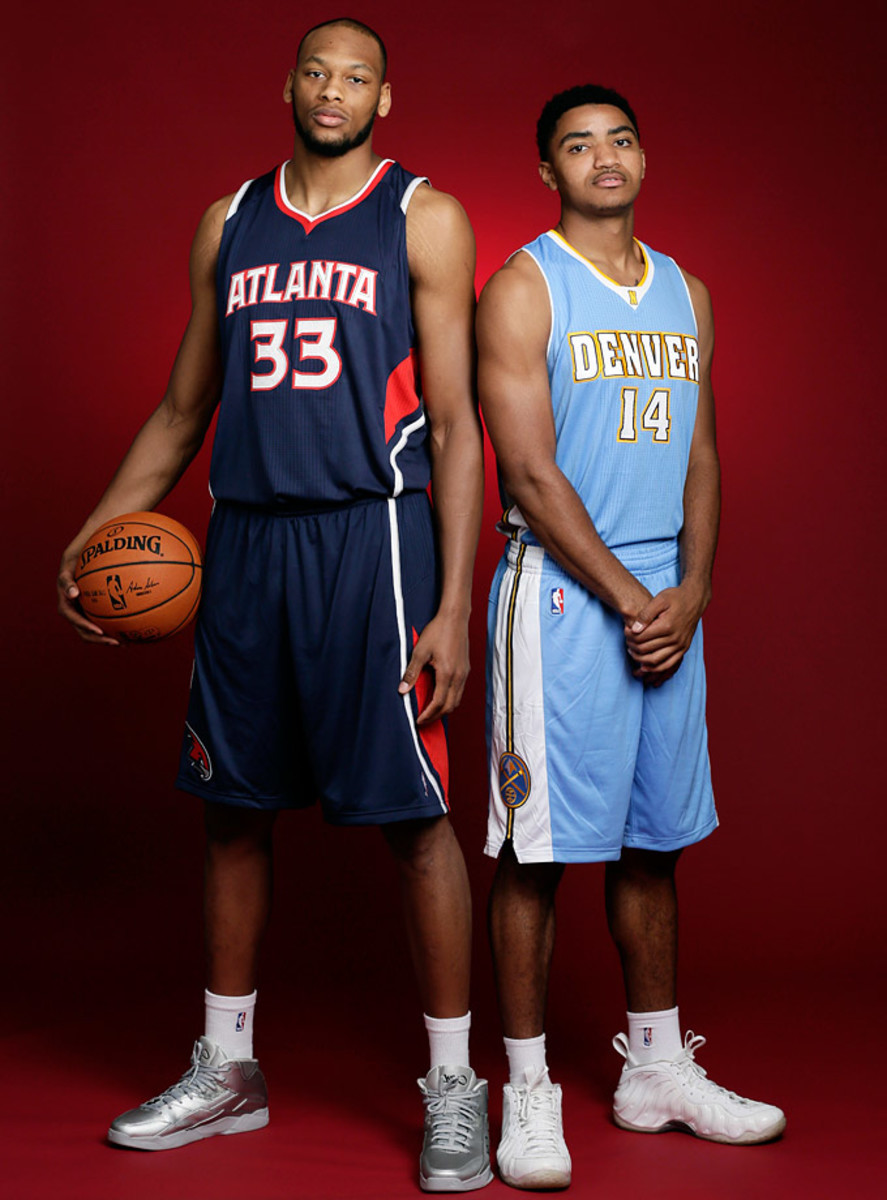
No. 15 and 19 overall picks
Bruno Caboclo | Toronto Raptors
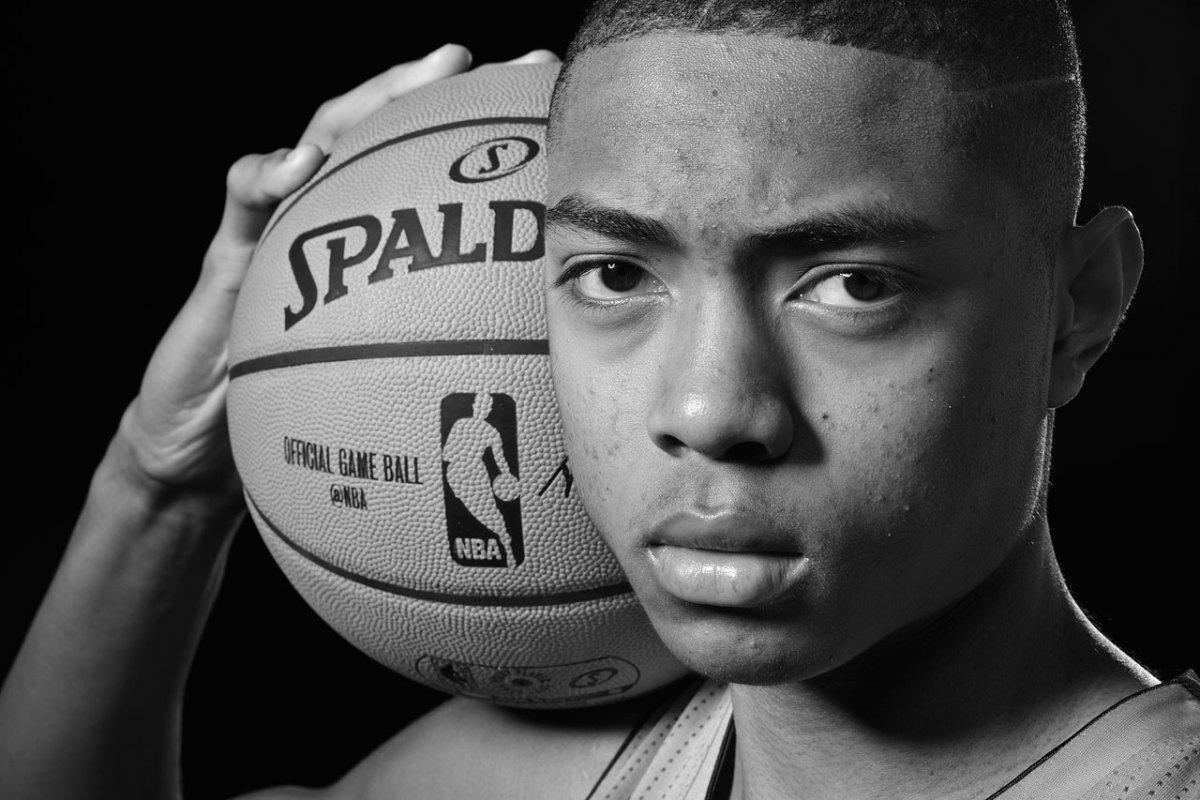
No. 20 overall pick
Mitch McGary | Oklahoma City Thunder
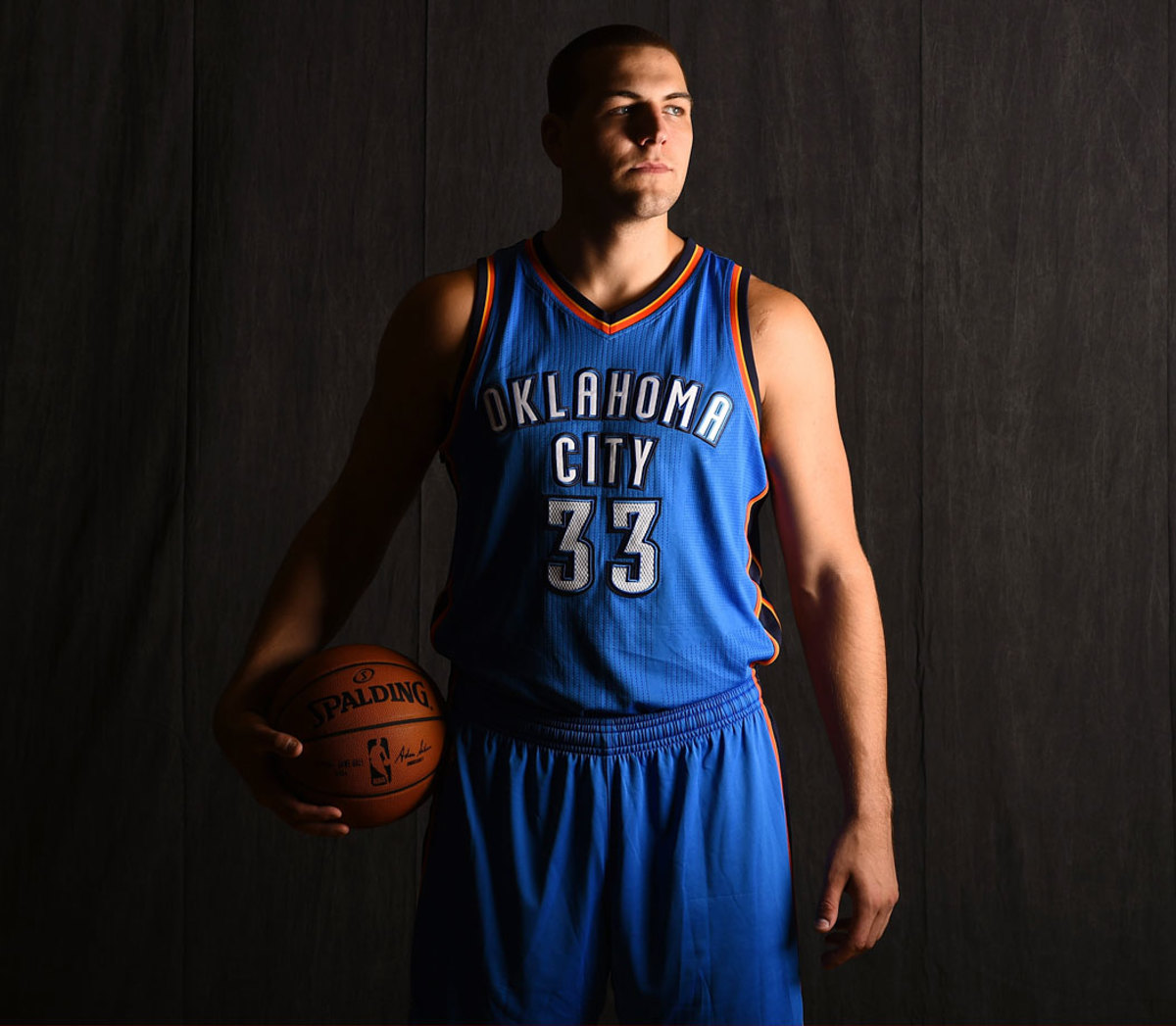
No. 21 overall pick
Jordan Adams | Memphis Grizziles
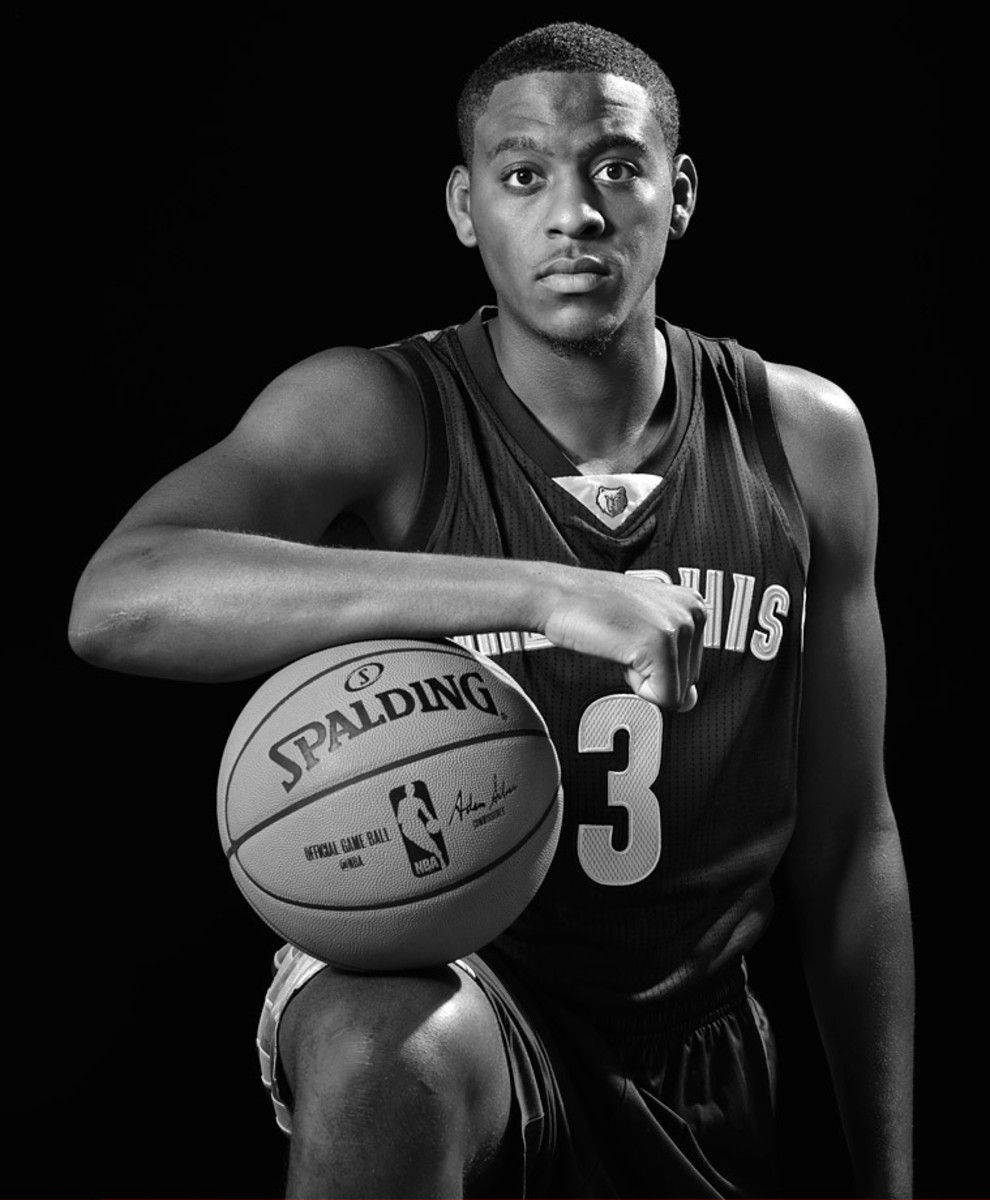
No. 22 overall pick
Rodney Hood | Utah Jazz and Jabari Parker | Milwaukee Bucks
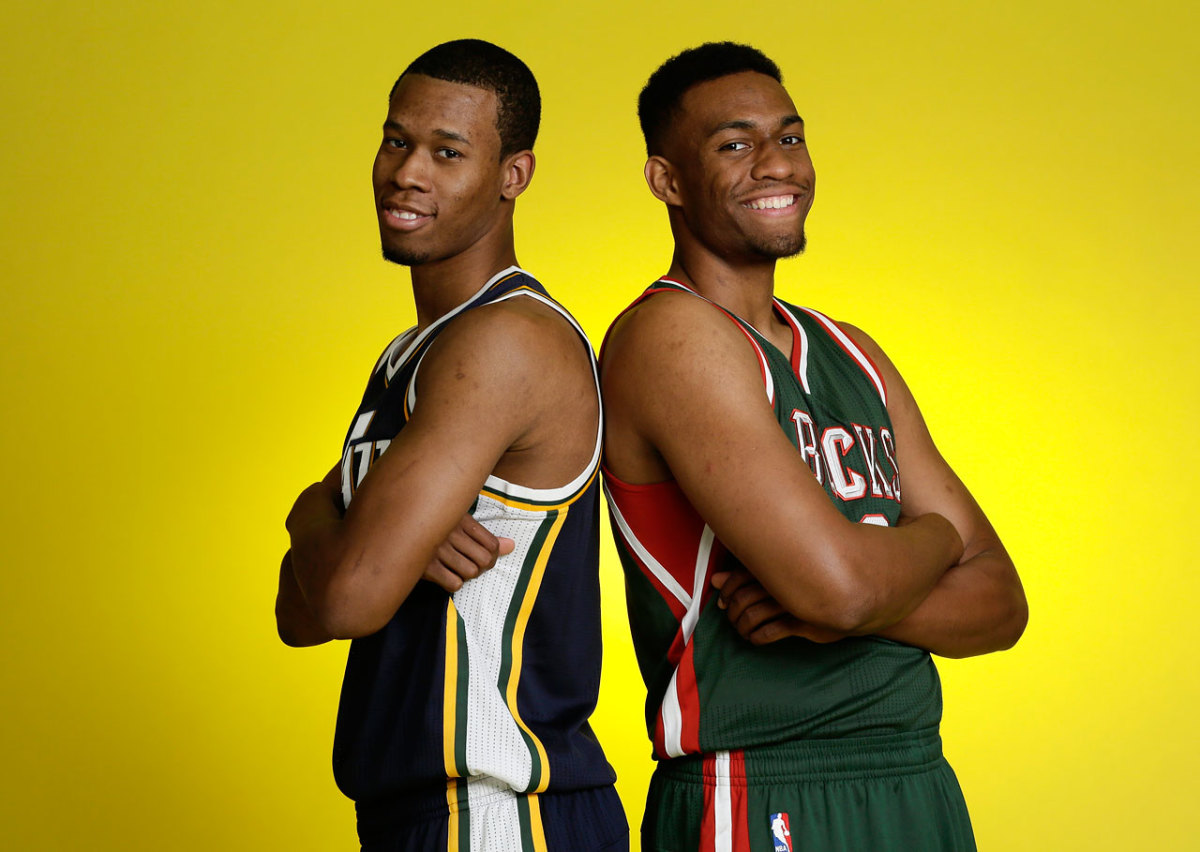
No. 23 and 2 overall picks (out of Duke)
Shabazz Napier | Miami Heat
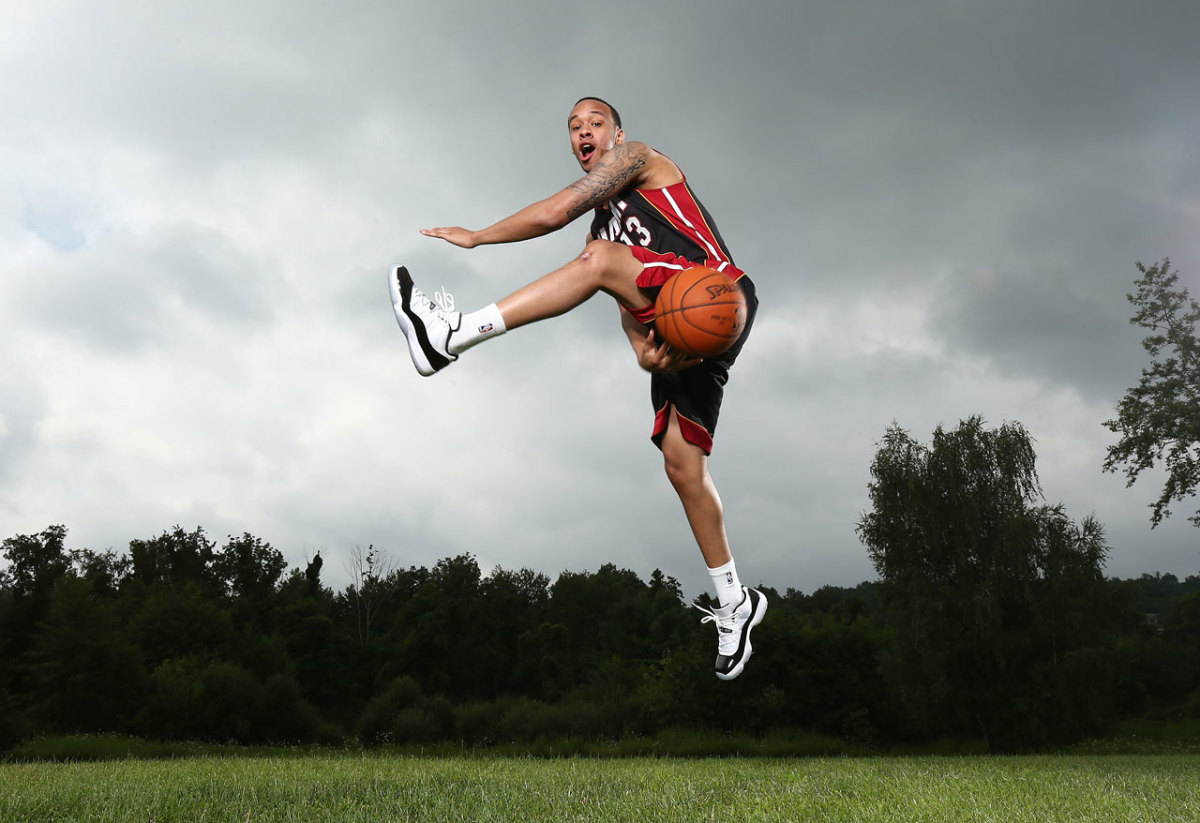
No. 24 overall pick
Noah Vonleh and P.J. Hairston | Charlotte Hornets
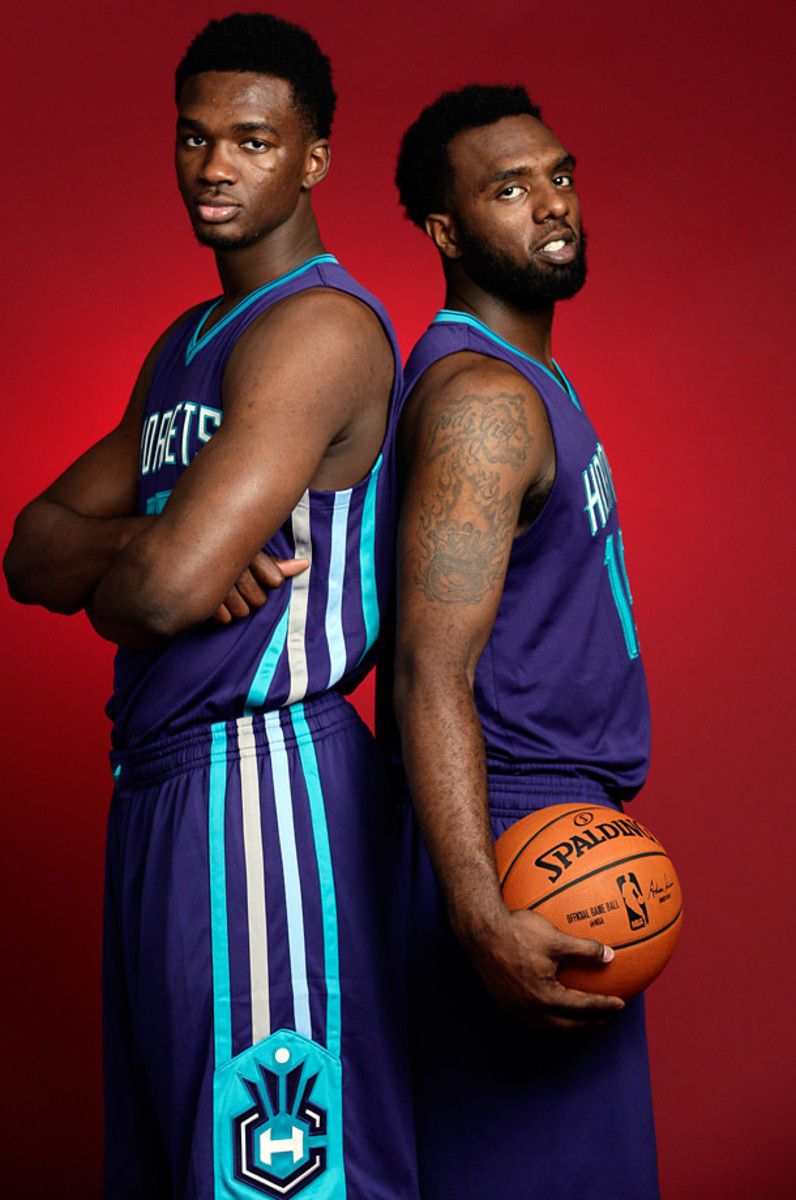
No. 9 and 26 overall picks
C.J. Wilcox | Los Angeles Clippers
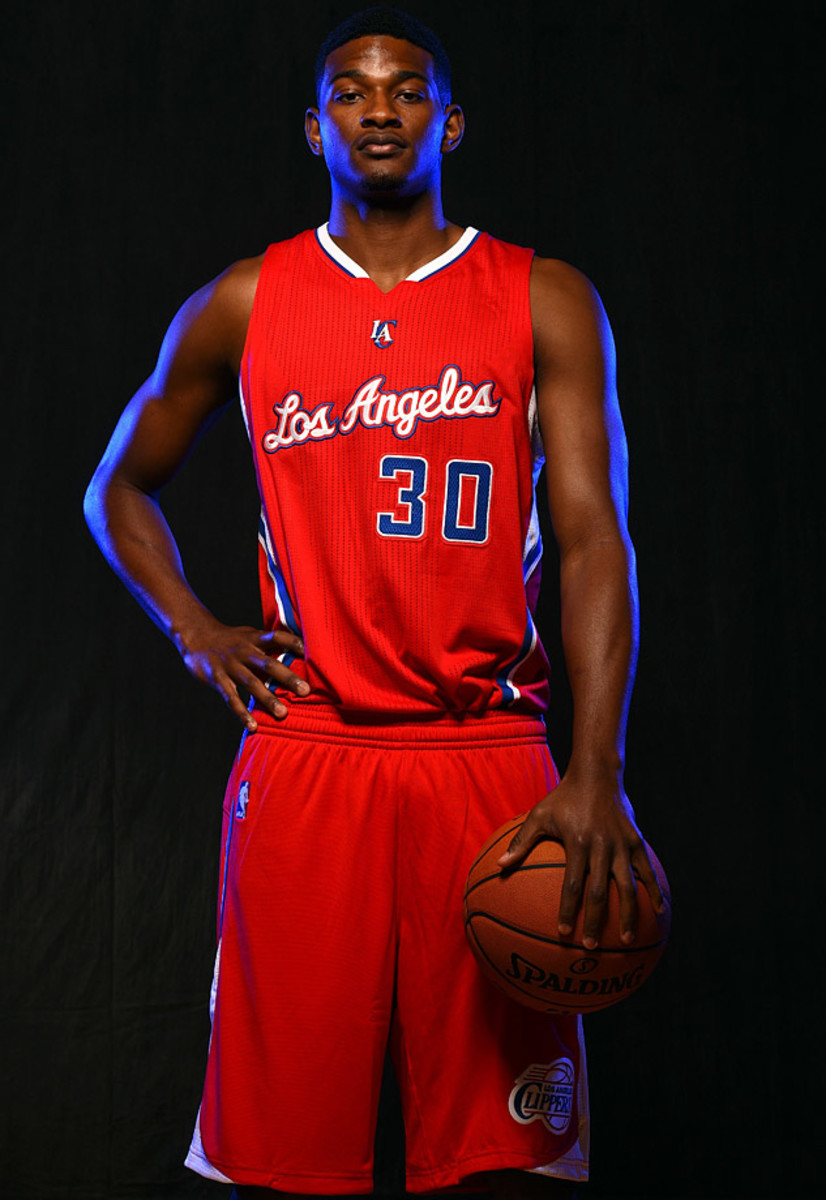
No. 28 overall pick
Josh Huestis and Mitch McGary | Oklahoma City Thunder
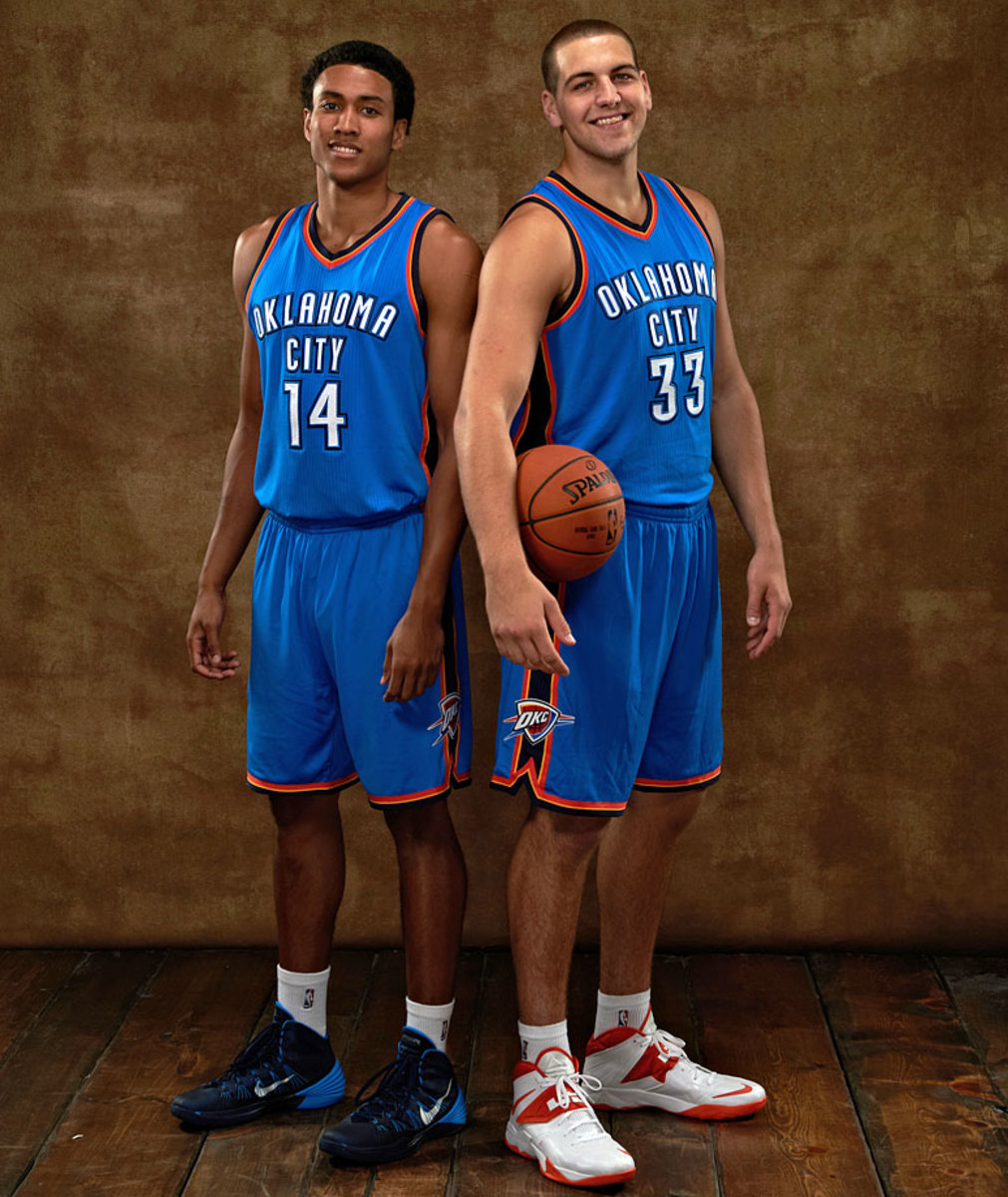
No. 29 and 21 overall picks
Kyle Anderson | San Antonio Spurs
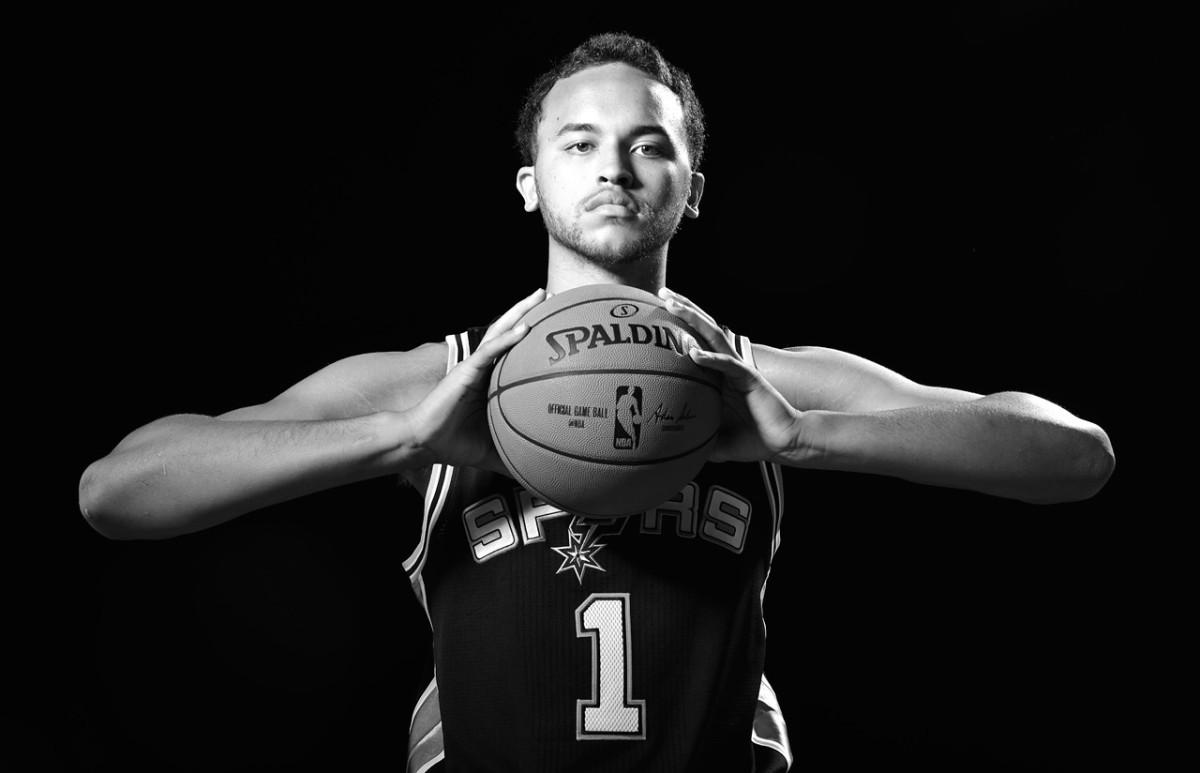
No. 30 overall pick
Damien Inglis | Milwaukee Bucks
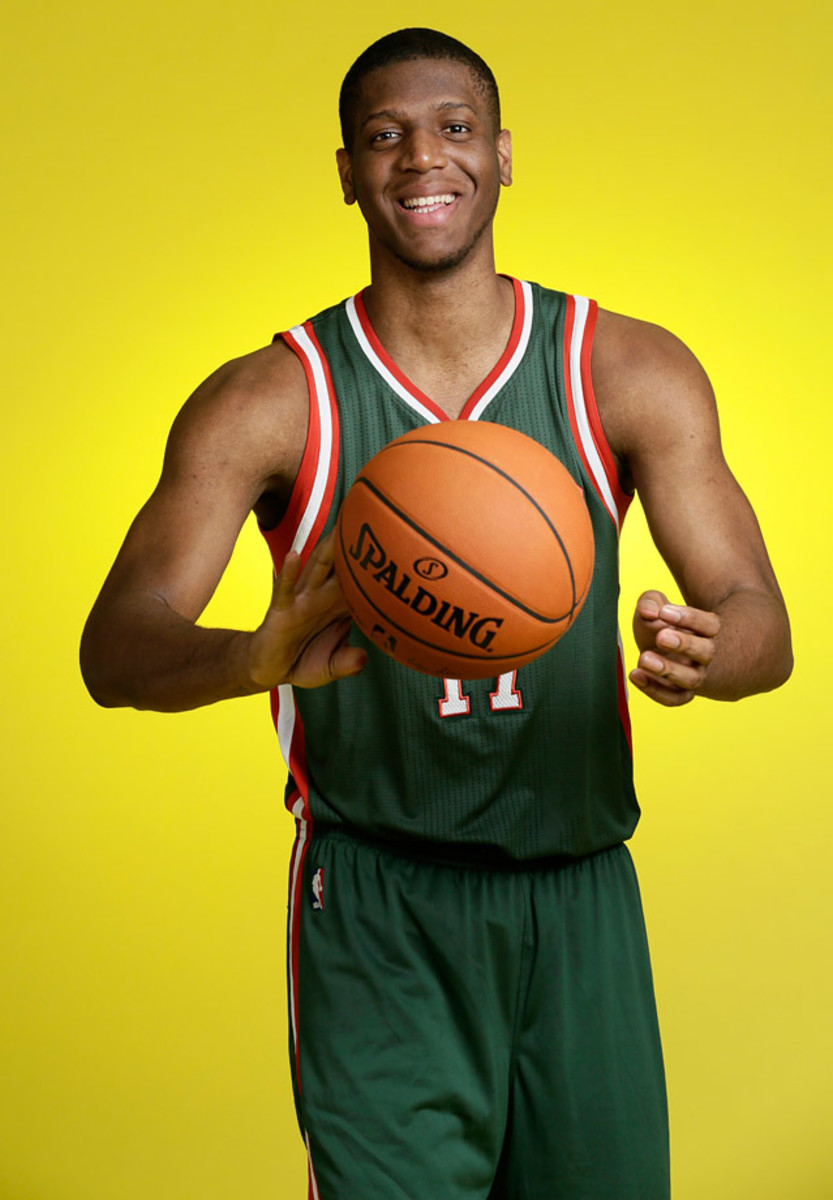
No. 31 overall pick
K.J. McDaniels | Philadelphia 76ers
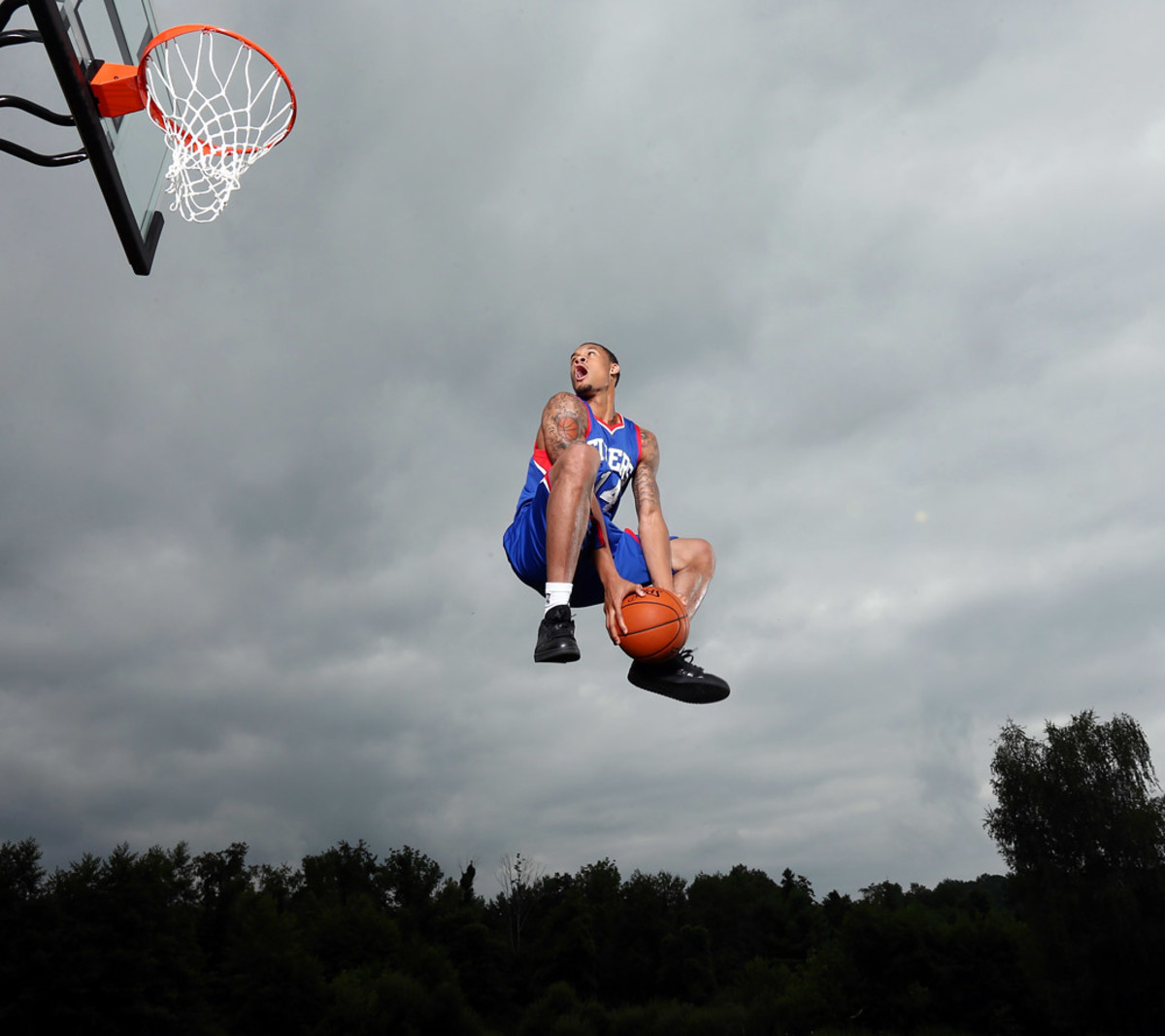
No. 32 overall pick
Joe Harris | Cleveland Cavaliers
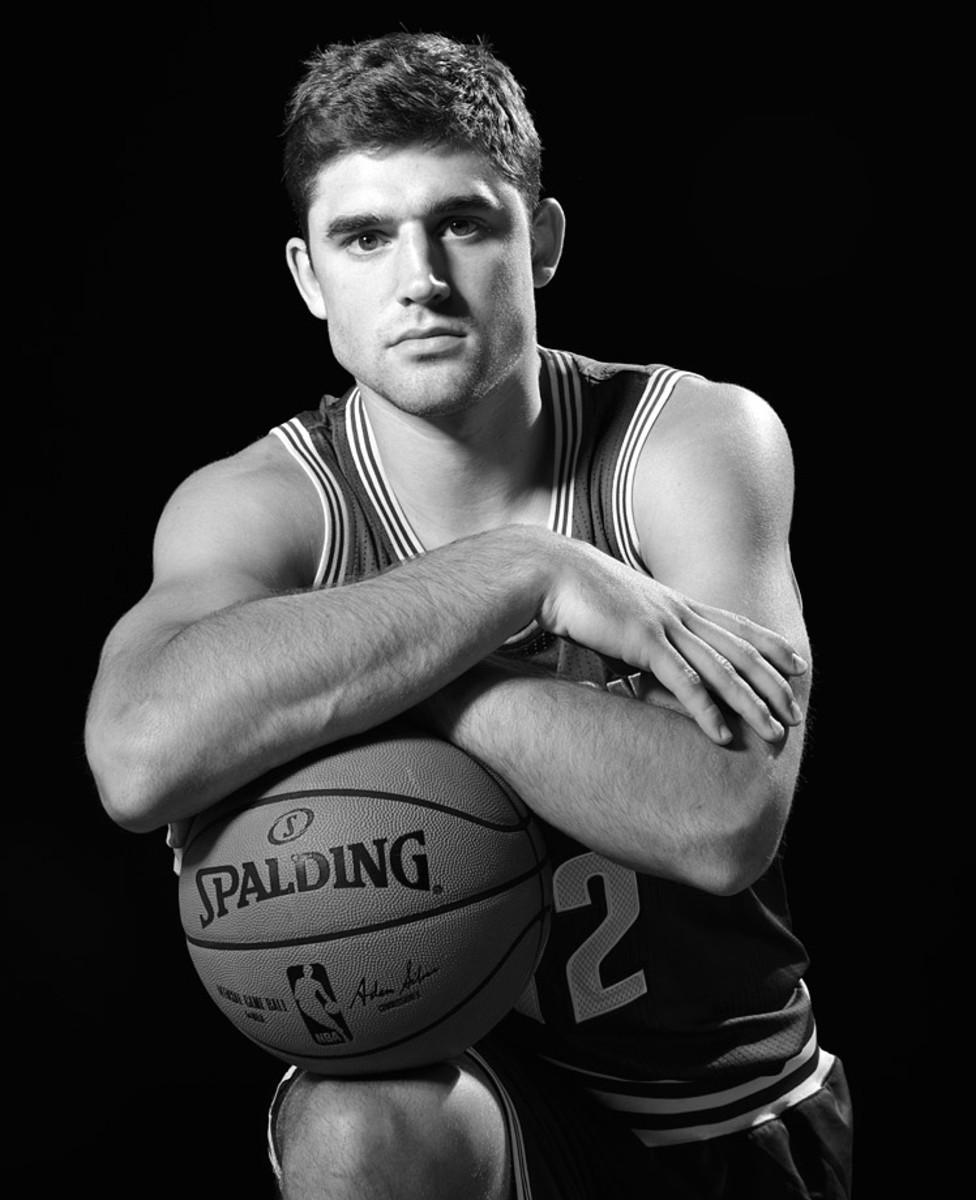
No. 33 overall pick
Thanasis Antetokounmpo and Cleanthony Early | New York Knicks
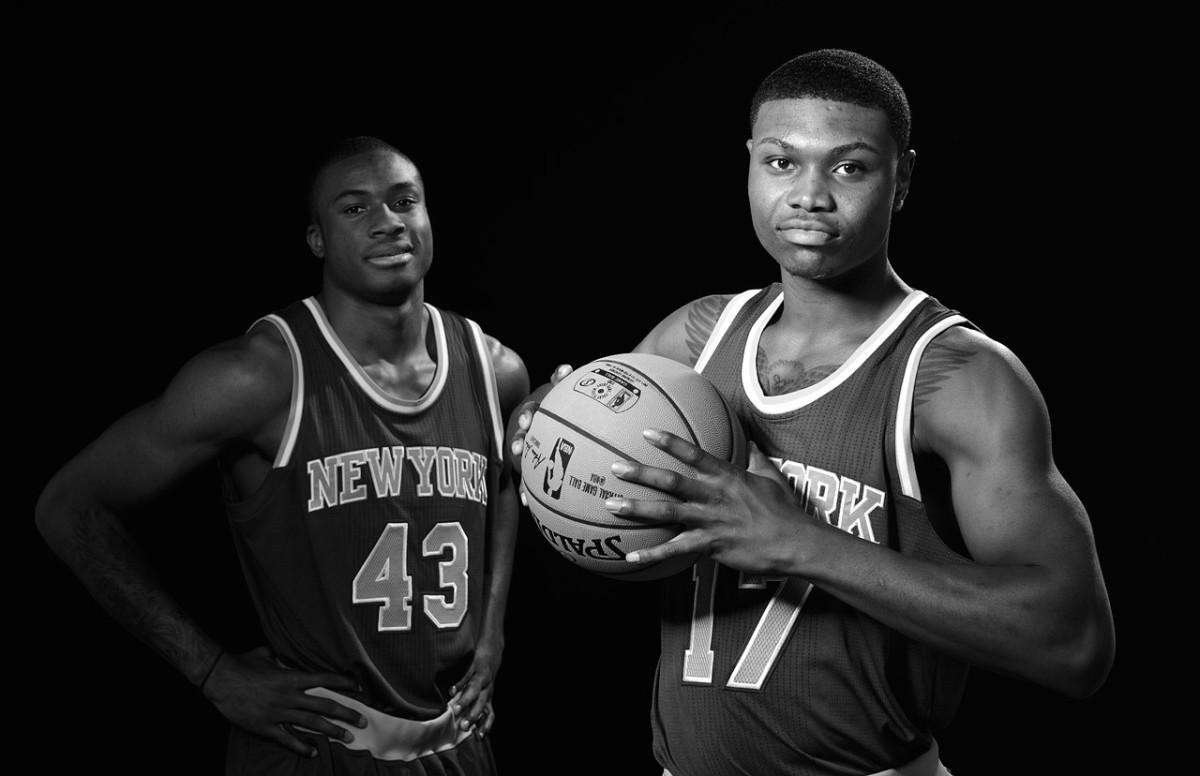
No. 51 and 34 overall picks
Jarnell Stokes | Memphis Grizzlies
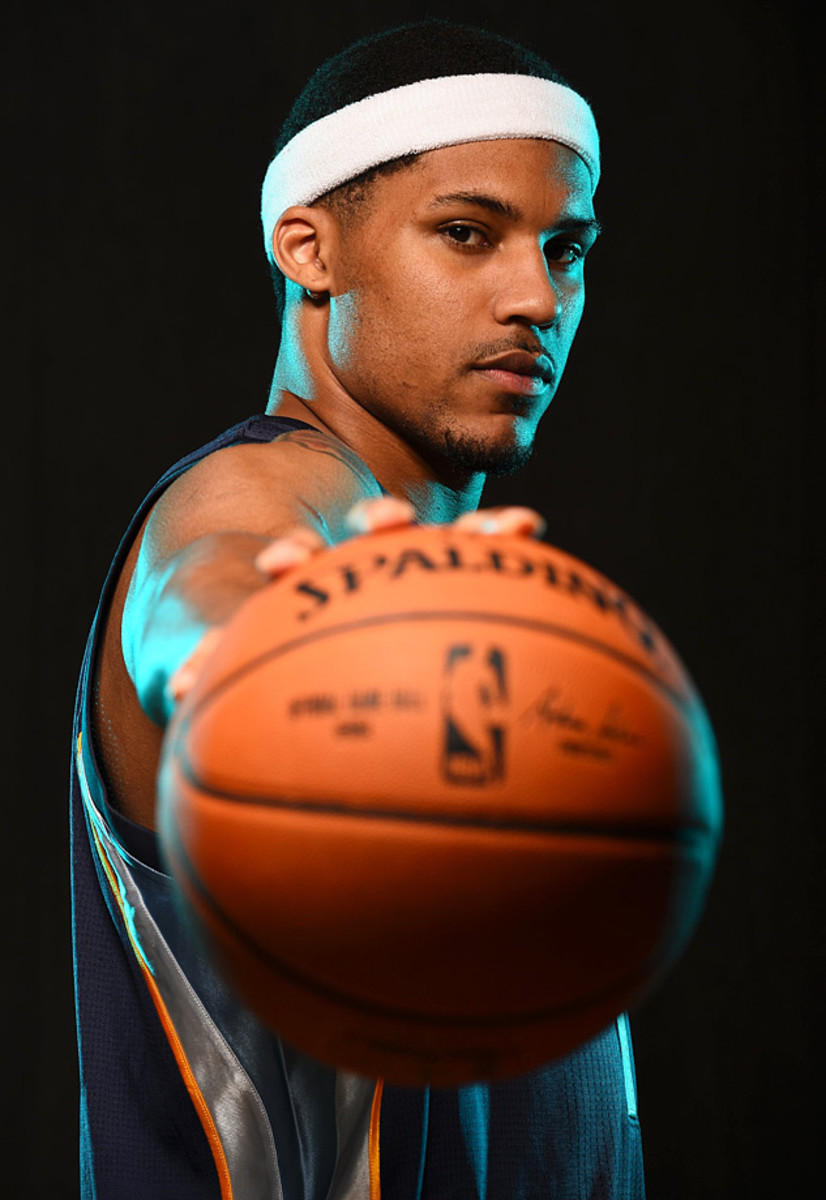
No. 35 overall pick
Johnny O'Bryant | Milwaukee Bucks
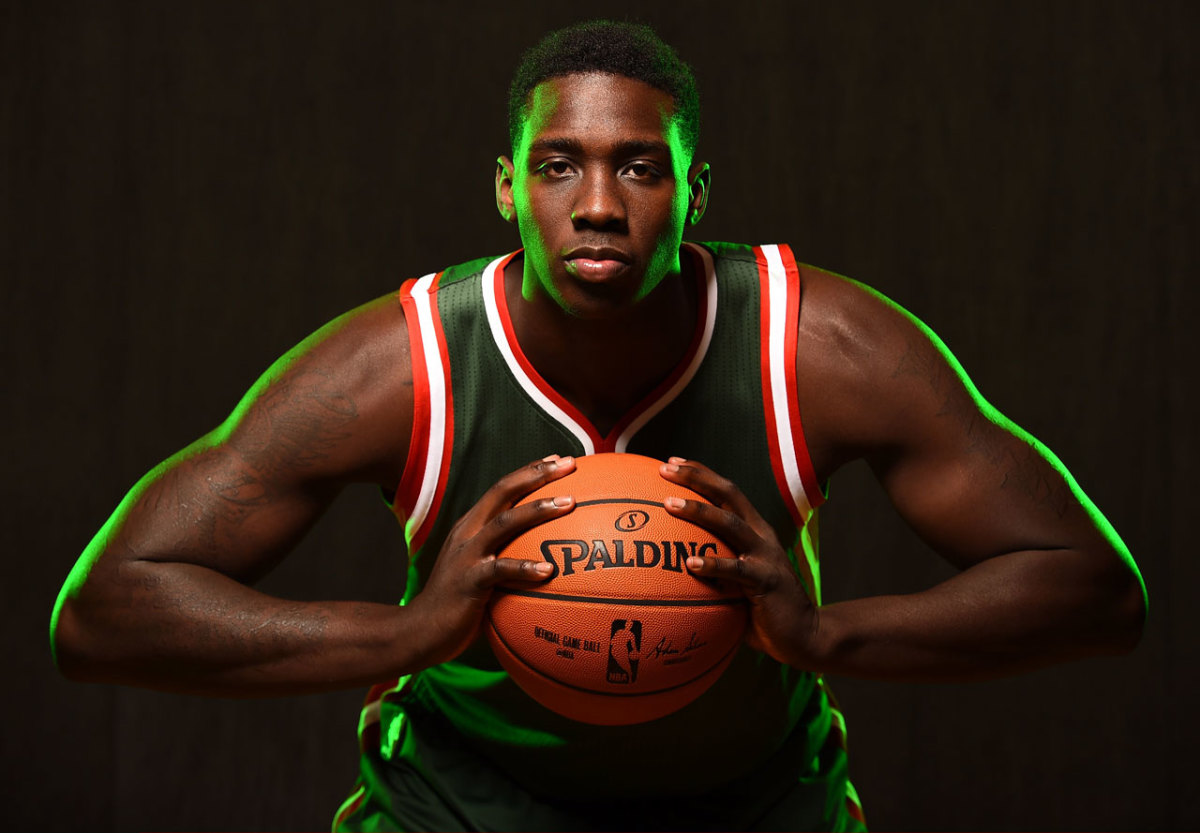
No. 36 overall pick
Spencer Dinwiddie | Detroit Pistons
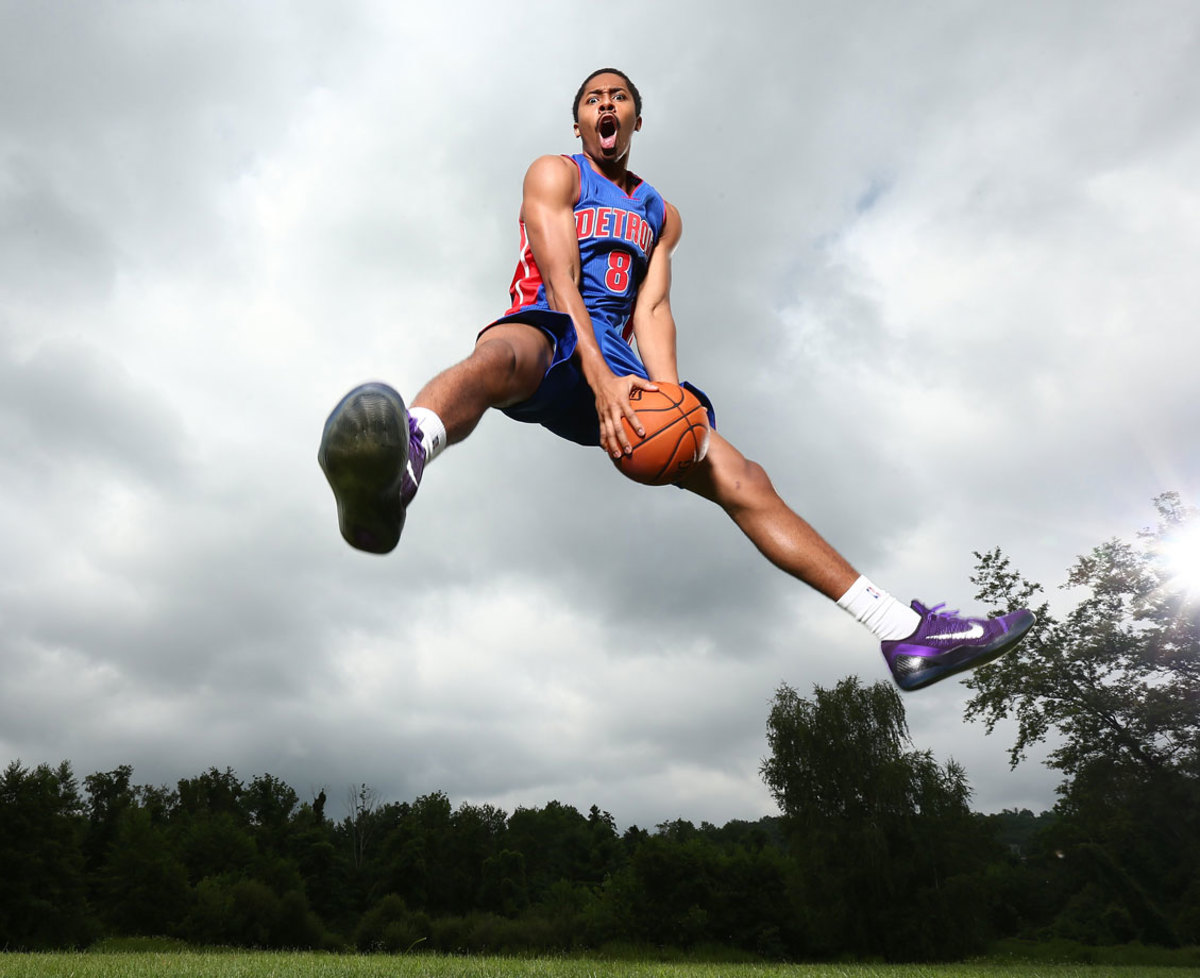
No. 38 overall pick
Jerami Grant | Philadelphia 76ers
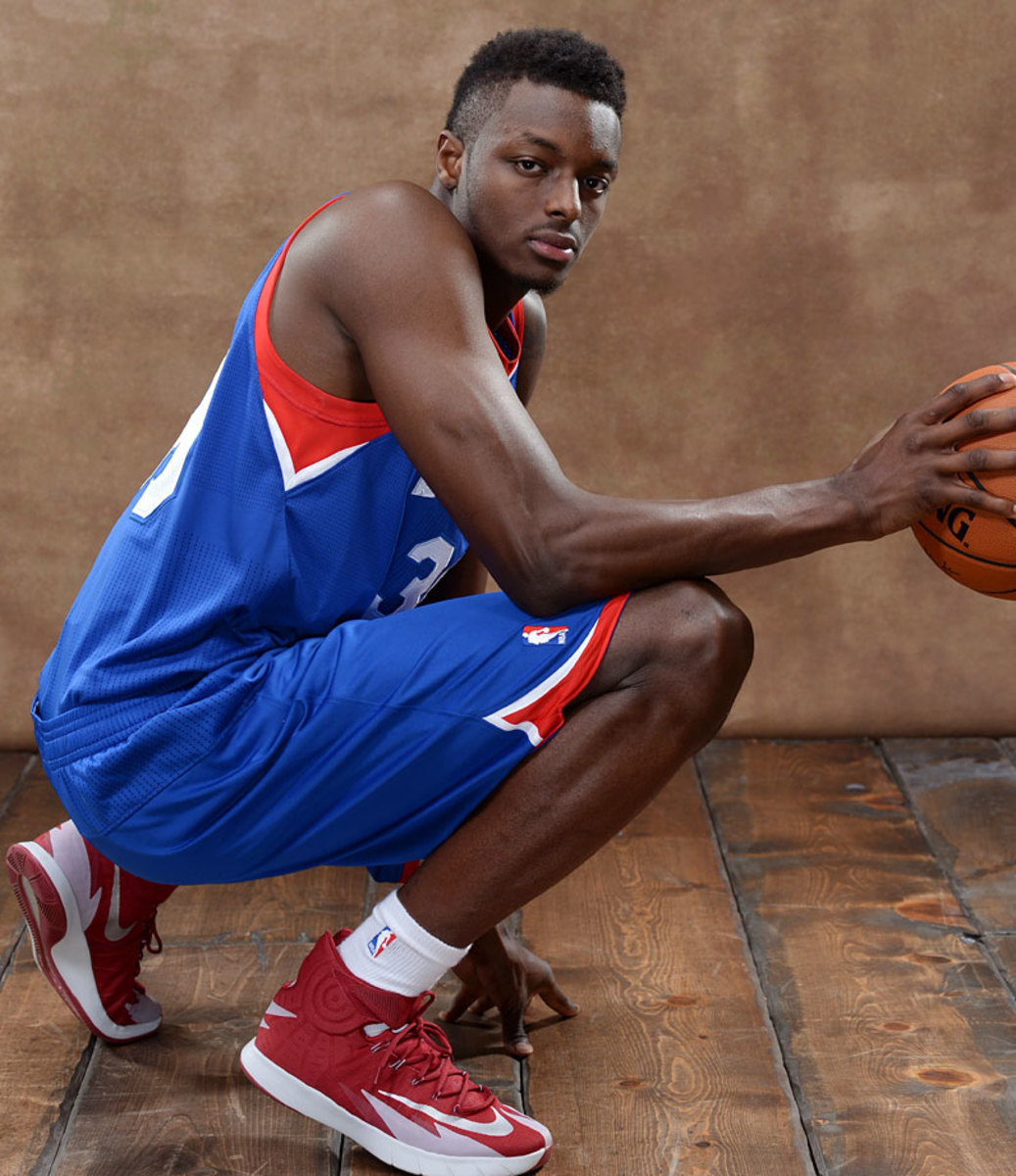
No. 39 overall pick
Glenn Robinson | Minnesota Timberwolves
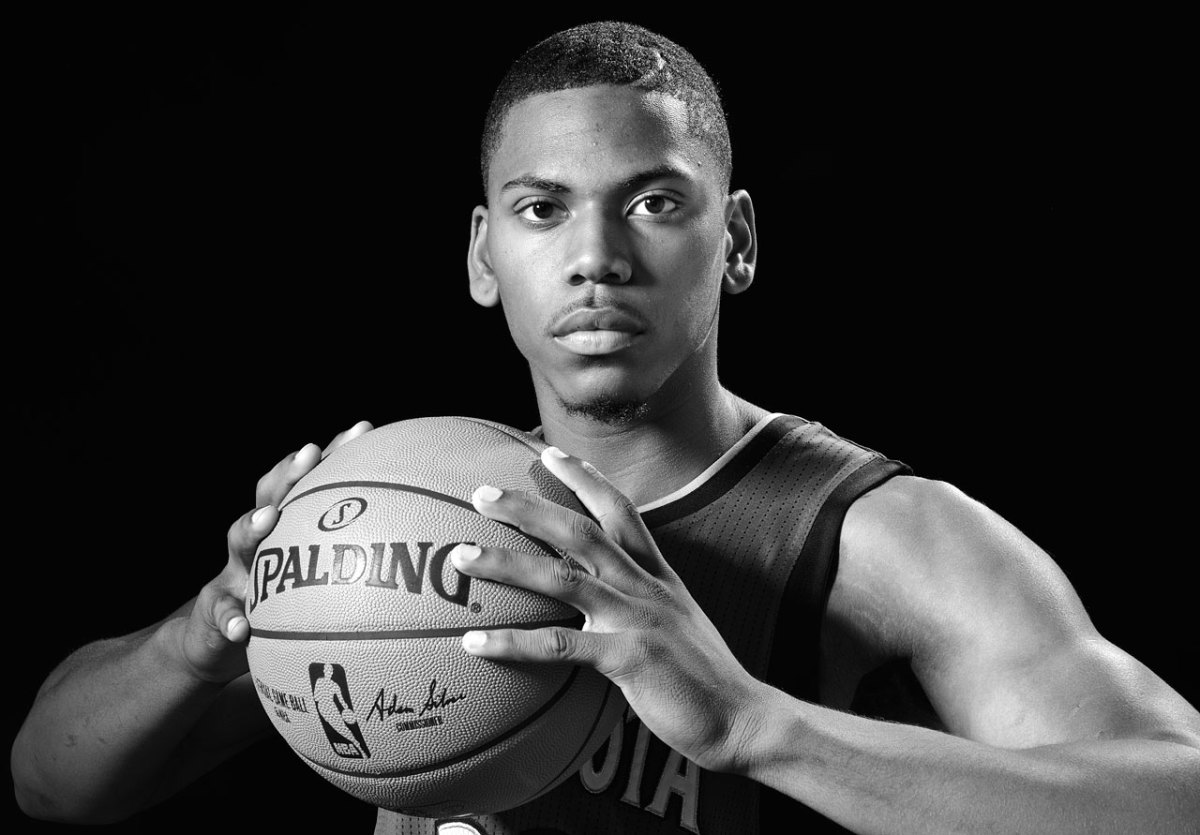
No. 40 overall pick
Markel Brown and Cory Jefferson | Brooklyn Nets
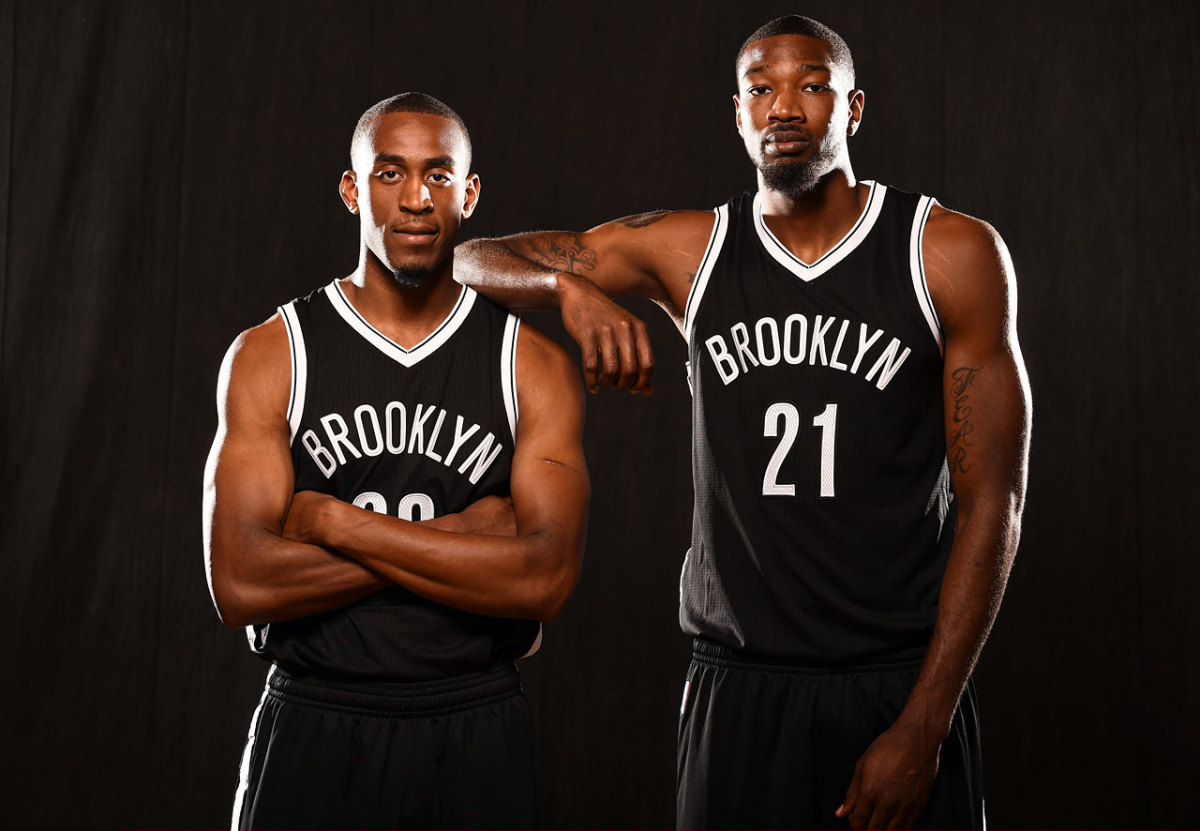
No. 44 and 60 overall picks
Russ Smith | New Orleans Pelicans
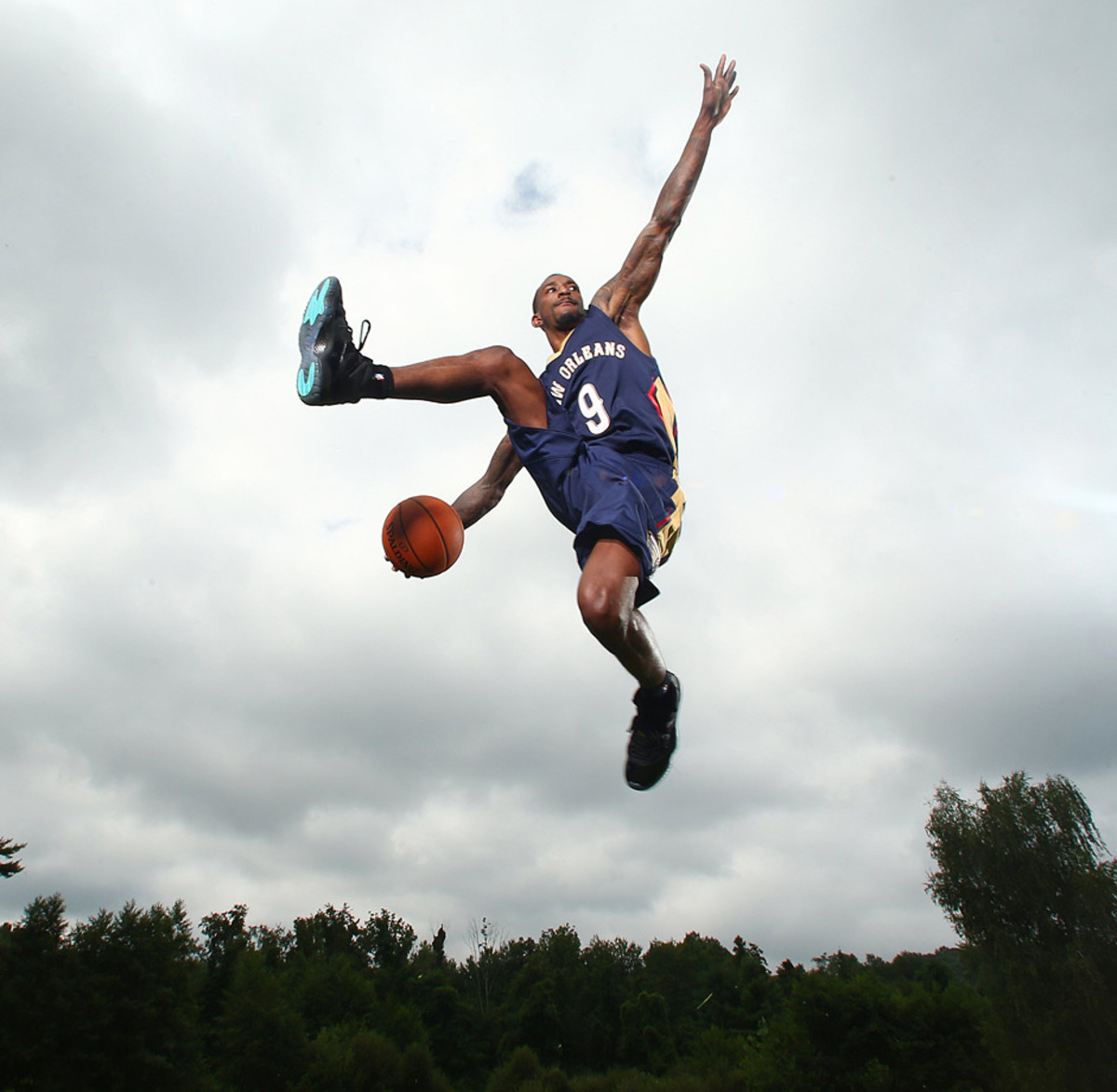
No. 47 overall pick
38 members of the 2014 NBA draft class
